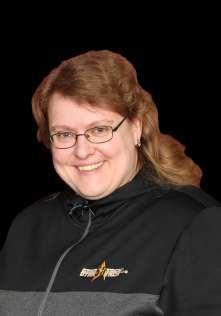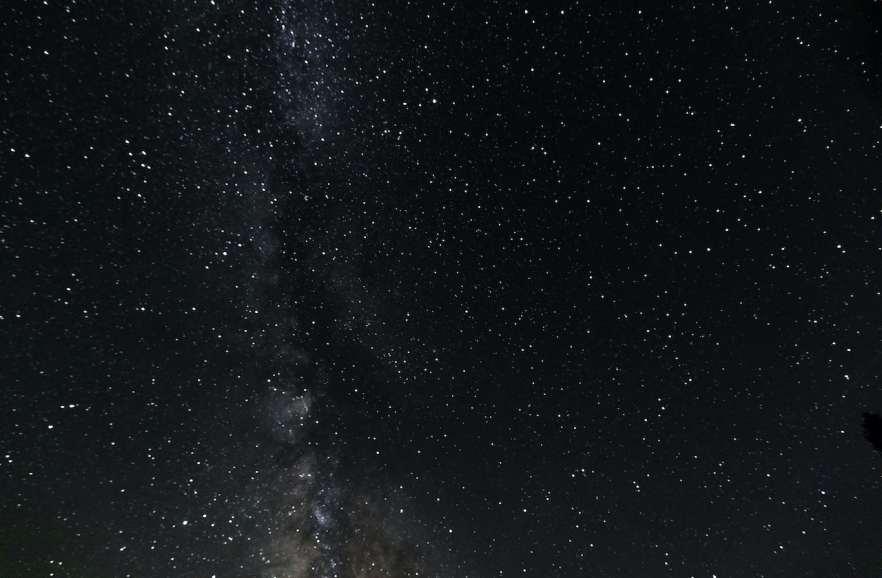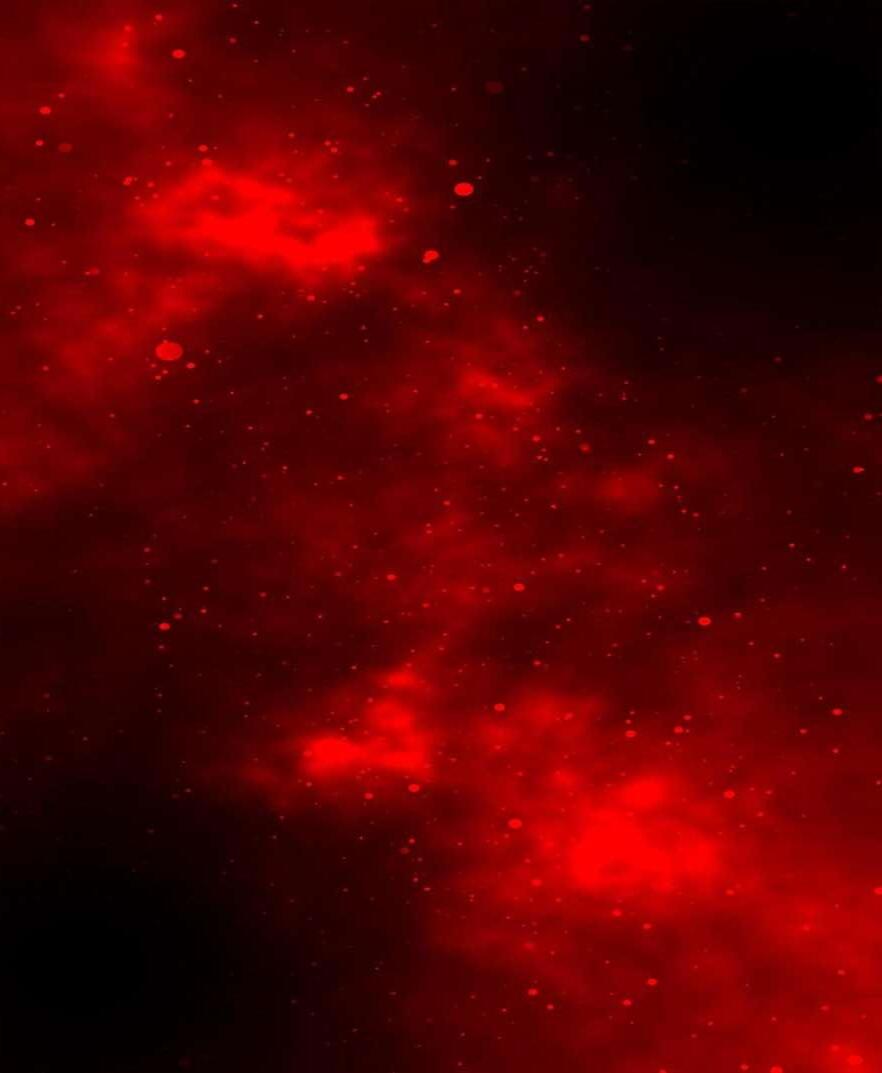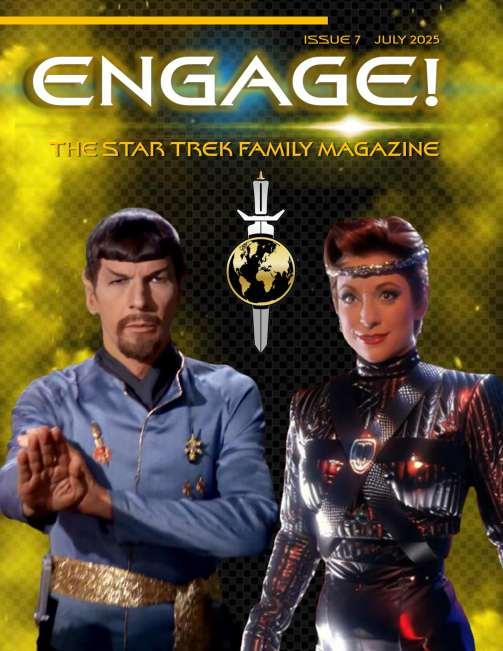








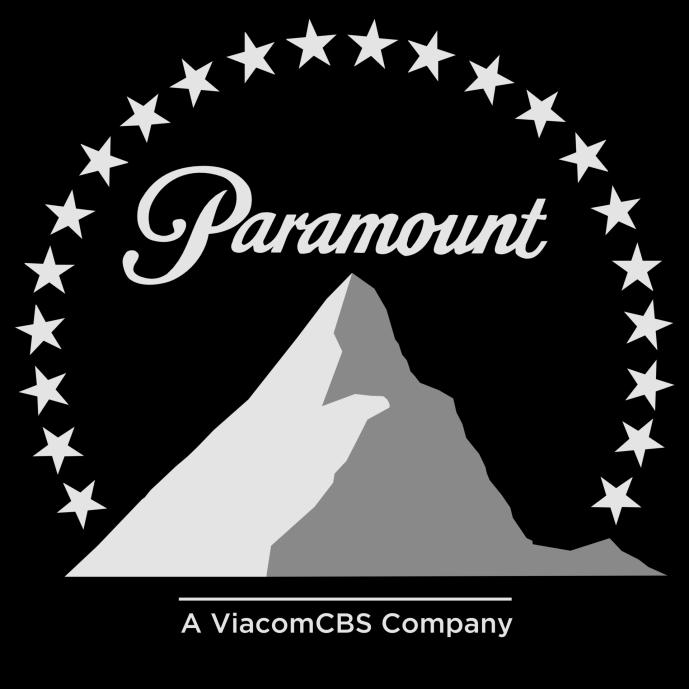
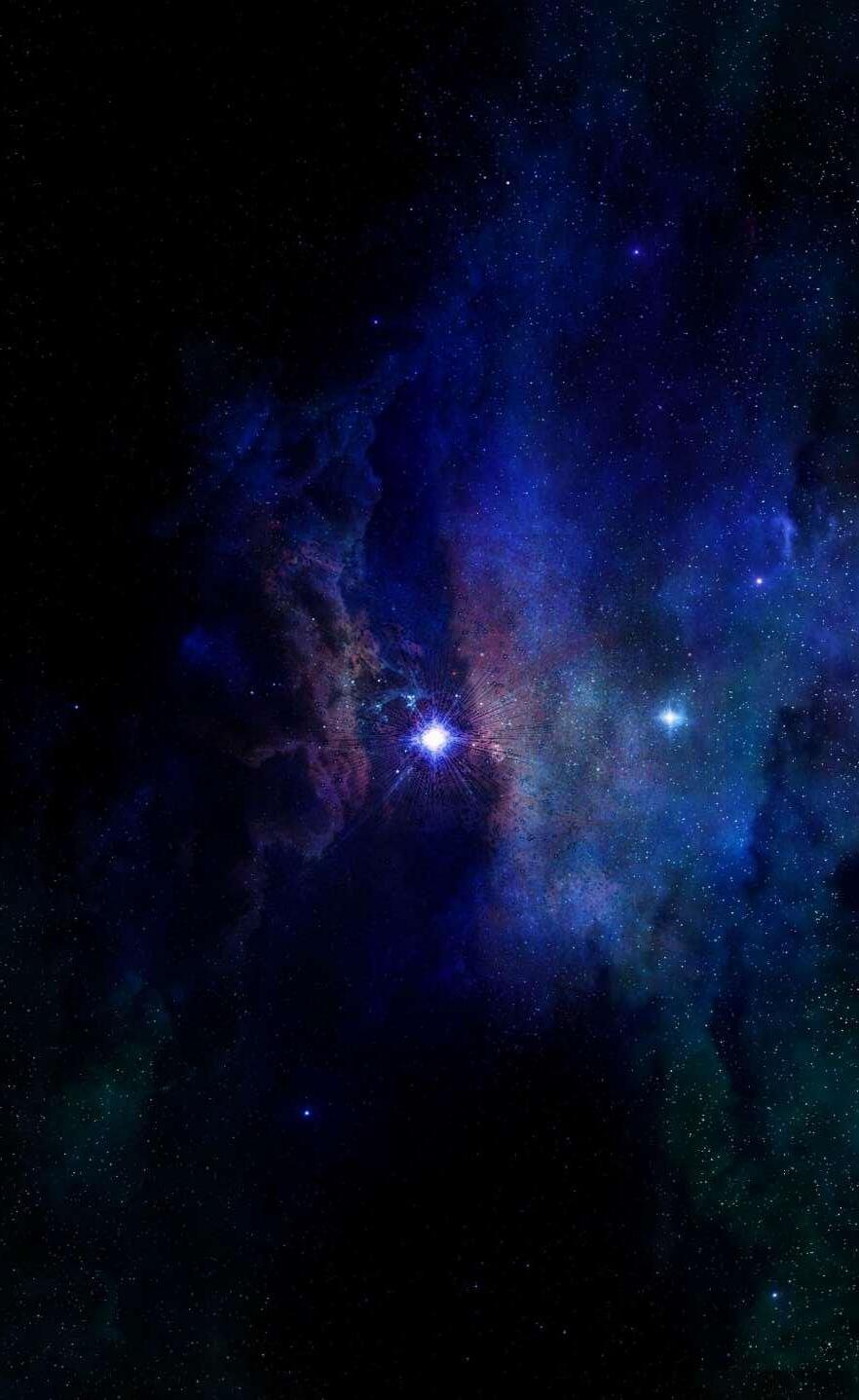


(Touch the Paramount Logo above to Sign up!)



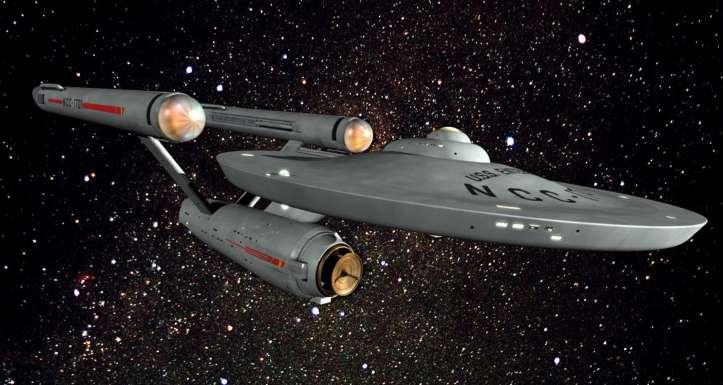

•
•
•
•
•
•
•


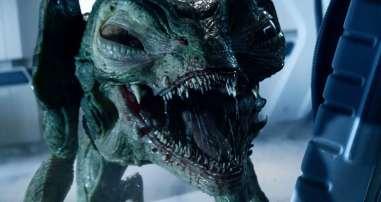


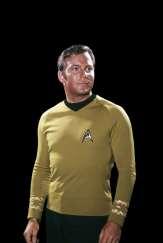

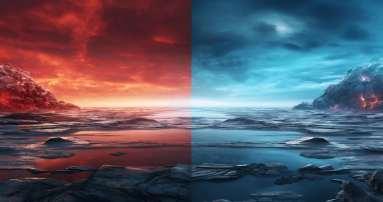


ISSUE 6 — JUNE 2025

Stephanie

Next month in July, we finally get to see Strange New Worlds back on our television screens after sooooo long! We were left with a gaping cliffhanger in “Hegemony,” and a Captain Pike with a difficult decision to make (and we thought we had it bad the summer Picard was taken by the Borg). At long last we finally get to witness the conclusion to the tense Gorn storyline, and the beginning of Season 3.
After a wild outing in Season 2, with a musical episode and a cartoon crossover being among the highlights, it appears that Season 3 will have a few more genre-bending episodes in store for us. And I can’t wait! Check out the special Sneak Peak sections on Season 3 (p. 54), thanks to our writer Rimo who attended the SNW Season 3 Premiere at the Tribeca Film Festival.
This June issue, we decided to take a good look at some of the great moments from Strange New Worlds’ first two seasons, sharing what we love about the show and how the characters have become part of our family. There is also a really great new interview with SNW Composer Nami Melamud (p. 24).
I’d also like to take a moment and personally welcome (and thank) some new members of the ENGAGE! Team new editors Susan, Mona, Naomi and Stevie; and the writers/illustrators of a new comic strip debuting in this issue The Spirit Brothers. Thank you all for your hard work and dedication to helping make this fan creation a success! It would not be possible without all of you!
Mark Sickle Founder & Host Star Trek Family
We are truly interested in receiving feedback from our readers and fellow fans! Really love an article that appears in our magazine? Truly disagree with someone’s take on a topic? How are we doing? Do you have suggestions for features, articles, etc.? CONTACT US

Have you always wanted to write about your love for Star Trek? We are always looking for volunteer writers to join our team! Send us an email at the ‘Contact Us’ link at left!
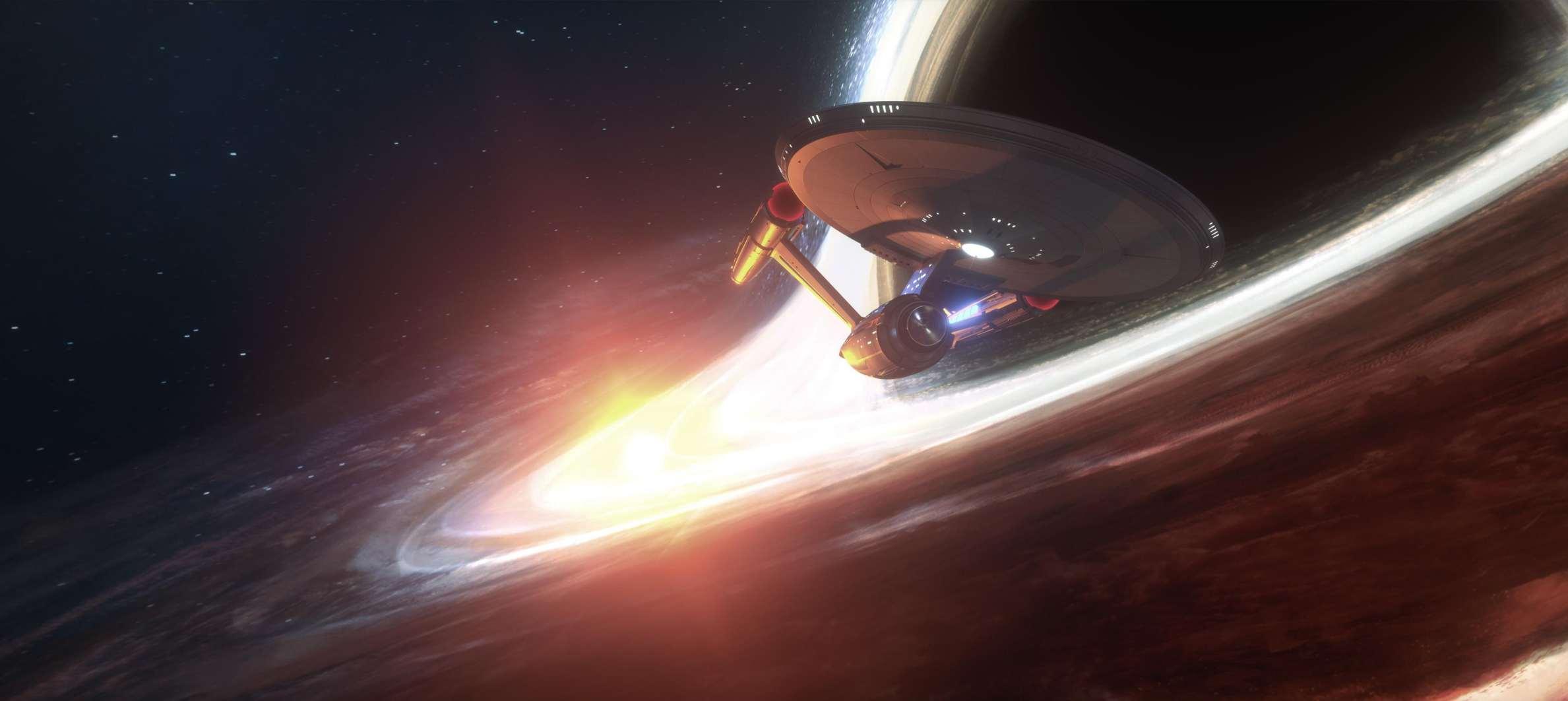



























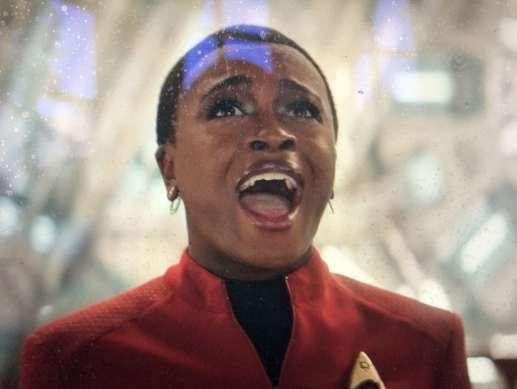




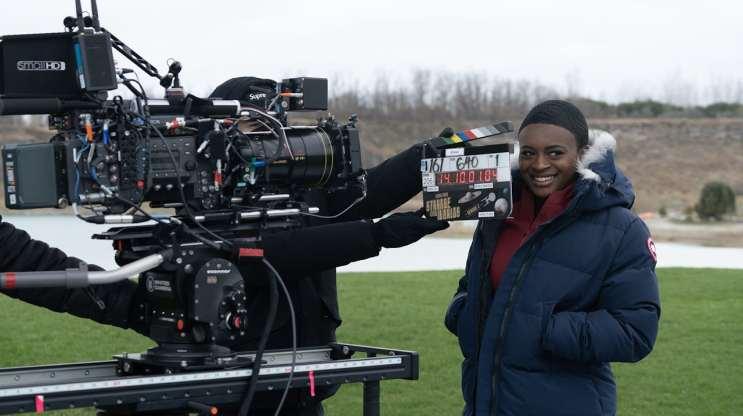


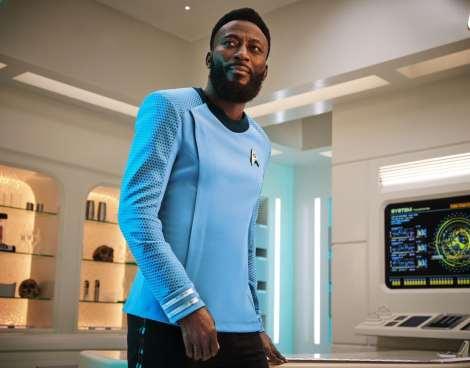













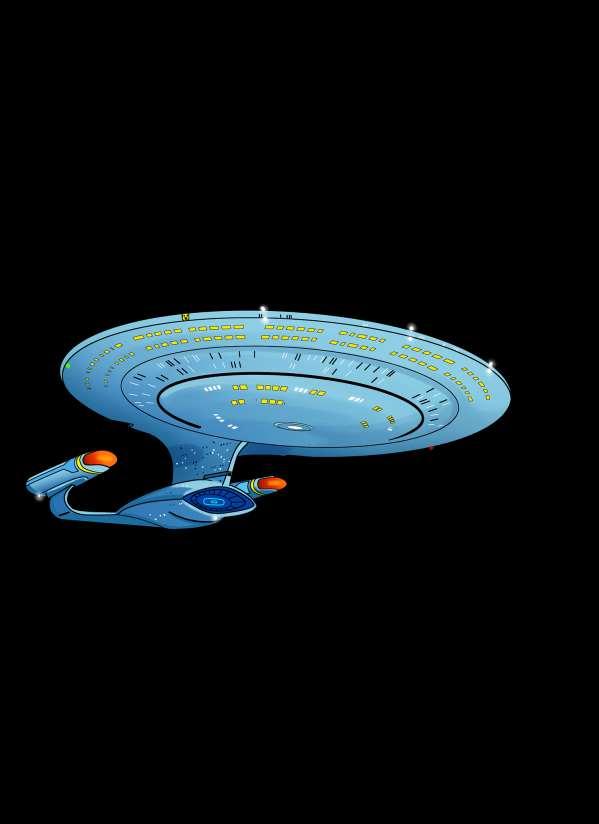







Saturday night was always my favorite night of the week growing up. It was Star Trek night in my house and the big television in the house was always reserved for it. There was this glorious period when Star Trek: The Original Series (TOS) would start at 6 p.m., Star Trek: The Next Generation (TNG) at 7 p.m. and Star Trek: Deep Space 9 (DS9) at 8 p.m. The evening was full of Trek for a young fan who loved to escape into the future with Kirk, Spock and Dr. McCoy; Picard, Riker, and Data; as well as Sisko, Dax, and Kira. Those were the days!
But it all started, each of those treasured Saturday evenings, with, as Scotty put it in the TNG episode “Relics”, “No bloody A, B, C, or D!” The magic for me started where it all originally started back in the late 1960s. My escape started with the original crew of the Starship Enterprise.
The colors, the uniforms, the aliens, the stories, and the adventure! My lifelong love affair with Star Trek started with TOS.
Of course, I watched in re-runs, but it was my Trek just as much as anyone who had seen it when it originally aired. It made me feel a certain way about what the future could hold, about what I was experiencing at that time in my young life and a whole lot about what the future could hold for a society if it chooses the way of peace.
Star Trek: Strange New Worlds reminds me a lot of that original trek through the stars I took as a younger version of myself. When I watch it, I feel like I’m sitting in that living room next to my dad, bright eyed and captivated, all over again. It rekindles my first love science fiction. This Star Trek has never burned brighter, in my opinion, than with the latest reincarnation and reimagining of who these classic and now legendary characters are.
When did I first get this feeling while watching Strange New Worlds (SNW)? Look no further than the opening credits. A tremendous remix and homage by the great Jeff Russo to the original theme by Alexander Cour-

age with new twists and variations that underscore and prophetically declare the adventure that this series embodies. Nami Melumad’s score for the series is another reason this series rekindles the magic of the original series. It’s modern and uplifting and it resonates with brilliant notes of TOS themes throughout that remind us of the adventure we felt when we first laid eyes on our intrepid heroes and that magnificent starship! It also harkens us back to the feelings of exploration which SNW has recaptured in spades.
From the very first episode, SNW makes it clear: it’s about getting out there and truly going where no one has gone before. The same spirit of exploration defined every episode of the original series. What new world would we see next? What strange, unexpected alien life would we encounter?
Strange New Worlds brilliantly reintroduces characters we love, showing us who they were before becoming legends in TOS. It’s a fantastic way to give fans something familiar while maintaining the flexibility to explore new paths and ideas with these beloved characters.
The sets, costumes and lighting also heighten the show’s nostalgic appeal. The colors are more vivid and bold than in some previous iterations of Trek. It looks modern and more sophisticated than the original series, as it must to resonate with today’s audiences, yet it still honors the original designs and the creators who first imagined them.
This Enterprise feels less

boxy than the original, but it’s not so different that we aren’t accepting it with great glee and appreciation! The ship is sleek and has perhaps a few more graceful curves than the original, but it still looks wholly familiar, like the house you grew up in.
The uniforms are a vibrant reminder of the original series we loved. The costumes are vivid and glittering with color, and we can almost imagine William Shatner and Leonard Nimoy stepping into the frame at any moment, seamlessly melding in with this crew.
The cast also captures something essential about the original: charisma and that classic Hollywood spark. There’s a genuine sense of fun and adventure whenever they deliver a great line or seize moment on screen. The
cast has remarkable chemistry –and they clicked from the very first episode! I would even argue thatthis cast came together faster on screen than any previous incarnation of Trek, including the original.
This leads me to my final reason I believe the show is recapturing the magic of TOS: the writing. It’s simply superb. Without fantastic scripts, this show could have gone anywhere but where Trek fans truly hoped it would go. We were hungry for something that harkened back, and the writers, creators and producers have delivered beyond our wildest expectations!
In closing, the magic of the original series was in much more than all the things I mentioned above. It was in the ideas and
hopes for the future that it so boldly portrayed. Strange New Worlds is doing the same exact thing. It’s talking about hard hitting issues of our time, things we wrestle with in our diverse ways as humans, and it keeps trekking ahead. It acknowledges the struggle but keeps looking to the future as being brighter and better if we work together.

BRIAN DONAHUE: Brian is a pastor, songwriter, aspiring author and avid podcaster hosting three different podcasts, including The BIG Sci-Fi Podcast. He lives in Ohio with his wife, two kids and Data the golden-doodle.

















(Click the DONATE above or scan the QR code at left)





Or to quote La’an Noonien -Singh from Season One, Episode Four (S1 E4) “Memento Mori,” she said of the Gorn, “some things in this universe are just plain evil.”
That sums up the perfect description of one of the most dangerous enemies the Federation ever encounter, the Gorn. Yes, there have been other evil characters, civilizations, and creatures that Starfleet had to deal with. If a poll were taken, I am sure the Borg would get the highest percentage of votes versus the Klingons, Cardassians, Suliban, Romulans or any other adversary that a starship crew ever had to encounter. Yet the Gorn had never really been fleshed out as to the level of evil that they could bring forth until Season One of Strange New Worlds or the final episode in Season Two of the same series.
Let us go back to those thrilling days of yesteryear, the 1960’s when James T. Kirk first encountered the Gorn. In the episode “Arena, Cestus III was attacked by a new adversary, the Gorn. Kirk wanted to fight back, and pursues the unseen enemy into an unexplored part of space that is protected by the Metrons. To settle the confrontation between the Gorn and Starfleet, Kirk and the Gorn captain were made to fight it out alone on a barren planet. In the end, Kirk was victorious, yet he showed compassion and did not kill the Gorn captain. In return, all were spared by the Metrons and that was the last time that Kirk encounters the Gorn.
Fans of Star Trek have always loved this episode, yet the Gorn seem savage only because they were a reptilian creature, yet more human-like and not so very menacing (due to costuming and production reasons, I guess). We would have to wait 37 years until Star Trek: Enterprise, when the season four two-part episodes “In A Mirror, Darkly I and II” brought the next appearance of the Gorn (discounting the animated version) in CGI form. This time, a Gorn named Slar is seen attacking and killing in a vicious manner, which is what we expected of them.
Along comes Strange New Worlds (SNW) for the next encounter with the Gorn in the aforementioned episode “Memento Mori” (S1 E4), co-written by Davy Perez. The Big Sci-fi Podcast (TBSP) was fortunate to have Davy as a guest (authors note: I am a member of TBSP, as are fellow hosts Adeena
Mignogna, Brian Donahue, and Cris Fox) to discuss this and the other Gorn episode he wrote, “All Those Who Wander” (S1 E9).
After getting to know Davy, we delved into the question of how the writing staff at SNW develops a story. We asked Davy how the idea of going back to the Gorn emerged. He stated that when he met Akiva Goldsman for the first time, Akiva asked him what some of his favorite episodes were. Davy replied, “’Balance Of Terror’ (which SNW touched on in S1 E10) and “Arena.” Akiva told Davy that he wanted to do the Gorn, to make them the villains of Season One and Davy jumped on it, getting to write the two Gorn episodes. As the writing staff was tasked to flesh out more about the Gorn, knowing that they were intelligent creatures that could build warp capable starships, how do you make them into monsters? It was decided that after they are born, as babies, they are at their most vicious. As La’an explains in S1 E9, once the Gorn are born out of their hosts, they will fight for dominance, even killing each other. Davy explained to TBSP that the one remaining infant would then develop into a more intelligent creature. This was Hegemony,” (S2 E10) where Spock and Chapel encounter a fully grown and developed Gorn as it was trying to gather Starfleet intel from the destroyed USS Cayuga. In this episode, the infant Gorn are shown as walking on all fours, yet as an adults, they would stand on

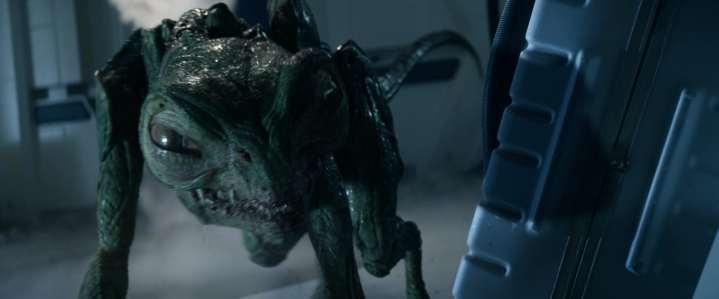
As Kirk might say to his number one, “…Speculation, Spock…,” and without evidence to back up this thought, as Gorn age they might develop into more human appearance as depicted in “Arena.” Since we have no knowledge of how the cliffhanger ending will be resolved in first episode of Season Three, we will have to wait and see how the issues facing Pike, the crew of the Enterprise and the captives taken by the Gorn from Parnassus Beta are dealt with. I have faith that it will be done successfully as Davy Perez has penned the script.

As for S1 E4 and S1 E9, I asked Davy about what influenced him in writing them. S1 E4 had the feel of an old submarine film, which he agreed upon in that comparison. We never get to see the Gorn, as they are the unseen
enemy and that added to the mental terror of that episode. As for S1 E9, I asked Davy if the film “Aliens” and the events that happen in that film, did that come into play? Davy said, “I couldn’t, with a straight face, say ‘No’.” And that is fine. The films “Alien” and “Aliens” set a new standard for sci -fi horror that cannot be denied. S1 E9 was to be the horror episode of that season and it had all the marks of being very successful in creating the terror that it contained. Yet, it is all balanced by the way La’an shows compassion for a survivor of the crashed USS Peregrine, Oriana. Or how one of the most beloved characters from SNW, Hemmer, sacrifices his life after being impregnated with Gorn eggs rather than risk allowing more to be hatched.
Yet, when we get to S2/E10, we learn how the Gorn fight, how they kill and even more is revealed about them. That they understand the strategy of making a “line in the sand” around Parnassus Beta that must be overcome by Pike and his crew to avoid war be-
tween the Federation and the Gorn Hegemony. Even though the Gorn were portrayed as vicious and bloodthirsty they understood how best to get what they wanted through negotiations with the Federation. Yet, their final intention was to round up captives to use as creatures to hunt and feed their younglings (as La’an explains to her fellow crewmembers). We can only hope to see more of the Gorn in future episodes of SNW. The Gorn have been portrayed as a true villain of Stafleet, and that is what every good Trek series needs, to know what true evil is.

STEPHEN MIRKIN: I first learned about science fiction the moment I was able to reach the on/off knob on my parents’ black-and-white TV set. Being born in 1956, I was there on Sept. 8, 1966 to watch the first episode of Star Trek. Since then, I have watched every TV series and every movie and I only look forward to the next great Star Trek moment.





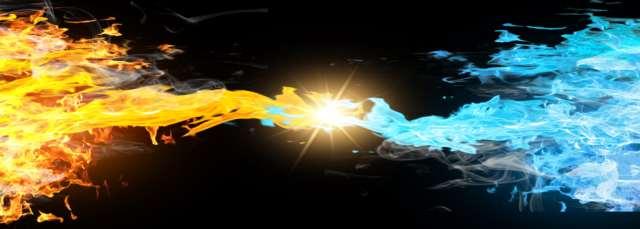






Continuity is evident in every iteration of Star Trek, whether it be through having characters in crossover episodes, younger or older versions of legacy characters, or simply referencing various legacy characters or events found throughout Star Trek. There is always anticipation from fans that there will be some form of connection to other Star Trek series and/or movies. The closer in the Star Trek universe timeline of each series, the greater likelihood of connections. For instance, Discovery began 10 years before The Original Series and occurred on another ship. Yet, we saw Spock’s parents, Sarek and Amanda, con-artist, Harry Mudd, as well as those from the pilot episode, “The Cage” from 1964: Christopher Pike, Spock, and Enterprise First Officer Una Chin Riley. In Strange New Worlds, the series takes place on the Enterprise less than 10 years before The Original Series begins. Strange New Worlds explores the lives of many familiar Star Trek characters, as well as others unknown, creating a transition to Star Trek’s beginnings.
The most significant way Strange New Worlds transitions into what would become The Original Series is through character overlap and reintroduction of
legacy characters. Spock was the most popular character in The Original Series. Like The Original Series, Strange New Worlds delves into his internal struggle between being Vulcan and human, his relationships (especially with Chapel and T’Pring), and his early development of logic-based thinking. Ethan Peck’s portrayal of a younger, less emotionally repressed Spock demonstrates the processes Spock endured to the cooler, more stoic version seen in Leonard Nimoy’s original, and mentioned in the episode, “Those Old Scientists”.
tion is made with the doctors and nurses. In Strange New Worlds, we see legacy characters, Doctor M’Benga and Nurse Chapel. Both appear in The Original Series, though minimally developed. M’Benga was in two episodes of
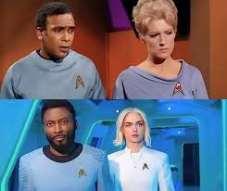
Cadet Nyota Uhura is depicted as a linguistics prodigy in Strange New Worlds. The show traces her growth and gradually builds her competence, foreshadowing her later role in The Original Series as Communications Officer. Her personal backstory, motivations, and rapport with the crew deepen her character far beyond The Original Series, adding emotional richness to her legacy. In many ways, Uhura is more three-dimensional in Strange New Worlds, which is what we fans wanted to see in the 1960s.
The medical team in Star Trek usually plays a critical role in character development, as this is where often the fragility of characters is shown. This connec-



The Original Series, Chapel was in several episodes, though always as a background character. Like the other characters, Strange New Worlds expands their roles. M’Benga is shown as the ship’s chief medical officer with an emotional storyline involving his daughter, as well as his struggle with PTSD. Christine Chapel is portrayed with more backstory focusing on her relationship with Spock that demonstrates her affection for him in The Original Series, as well as showing her career ambitions for research. Then there is James Kirk. Initially Strange New Worlds teased the fans through the introduction of Sam Kirk, who is the older brother. However, in the



Season 1 episode, “Quality of Mercy,” we see James Kirk as Captain of the USS Farragut. And in Season 2, the episode “Lost in Translation” we get to see Kirk sitting with Uhura and Spock. For the fans, this was an integral scene highlighting what is to come.
The same is true for Montgomery Scott who is heard in the episode, “Quality of Mercy,” yet makes his entrance into the series in Season 2, with the episode, “Hegemony.” He is expected to become more of a fixture in Season 3. In addition, bringing in T’Pring and Robert April again provides fans with not only recognition of characters, but provides continuity.
Another area where
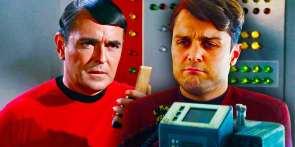
Strange New Worlds transitions is through the episode, “Quality of Mercy.” This was an alternate timeline sortie into what happened in The Original Series episode, “Balance of Terror.” The episode begins instead of the traditional theme song of Strange New Worlds, but an augmented version of the theme from The Original Series Strange New Worlds recreated several key scenes and lines from “Balance of Terror” nearly word-for-word, such as tactical planning in the briefing room, visual contact with the Romulan Commander, and the statement about the similarities between the Romulan and human. The Romulan Commander’s final words about having respected his opponent are echoed in both episodes.
In addition, Strange New Worlds adopted a more episodic format, which is consistent with The Original Series. Each episode often stands alone, exploring different themes, moral dilemmas, alien cultures, time travel,
and philosophical predicaments. This episodic nature differentiates itself from more serialized Trek series that have become common. Strange New Worlds also embraces genre experimentation. Episodes vary from horror to romance to musical like The Original Series. This variety not only allows for character exploration but also mirrors the experimental and optimistic tone from the 1960s. Reintroducing familiar alien species has also allowed the writers to develop more backstory for diverse species, such as the reimagination of the Gorn from The Original Series episode “Arena.”
Some of the technology, such as communicators, tricorders, and transporters have been
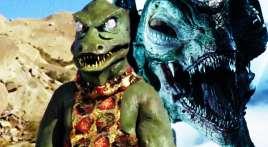


transitionary phase. This builds a bridge, allowing us to witness the emergence of The Original Seriesera Starfleet. The show’s writers use Strange New Worlds as a platform to improve underdeveloped characters and reinterpret canon through contemporary eyes.
The inclusion of Kirk and eventually his future crew, signals an ensuing handover. However, Strange New Worlds remains focused on Pike and his era, and a narrative of its own that eventually converges with what comes next. Strange New Worlds is a thoughtful, layered, reintroduction of the Star Trek universe that prepares fans for The Original Series. Bringing all of us full circle.

DAVID G. LOCONTO: David G. LoConto is a Professor of Sociology at New Mexico State University, specializing in collective identity, fandom and social movements. More importantly, he’s been a fan of Star Trek since Sept. 8, 1966 when he watched the first episode with his parents.


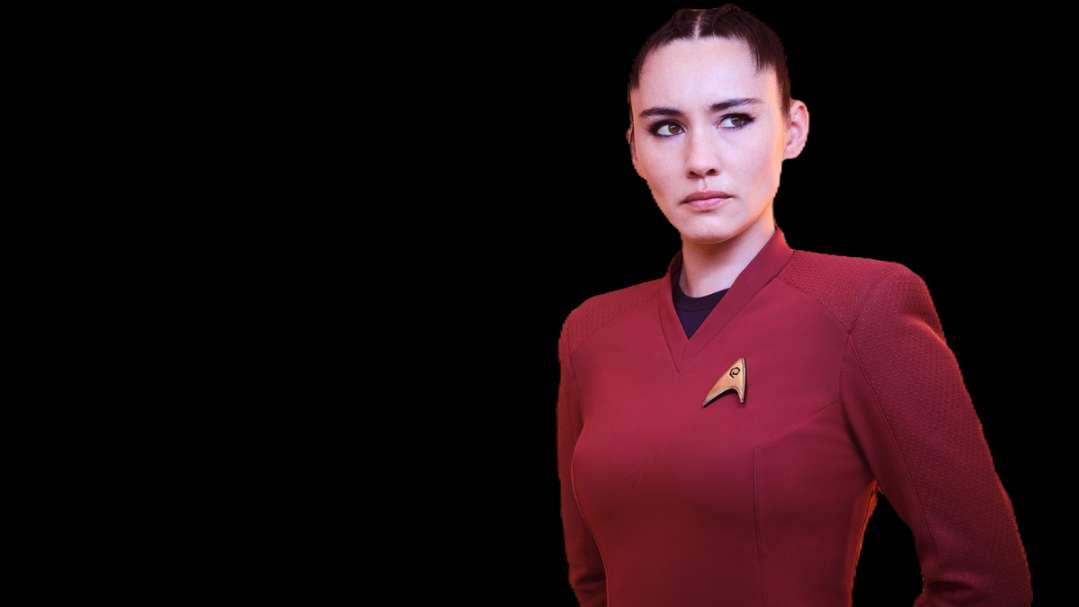

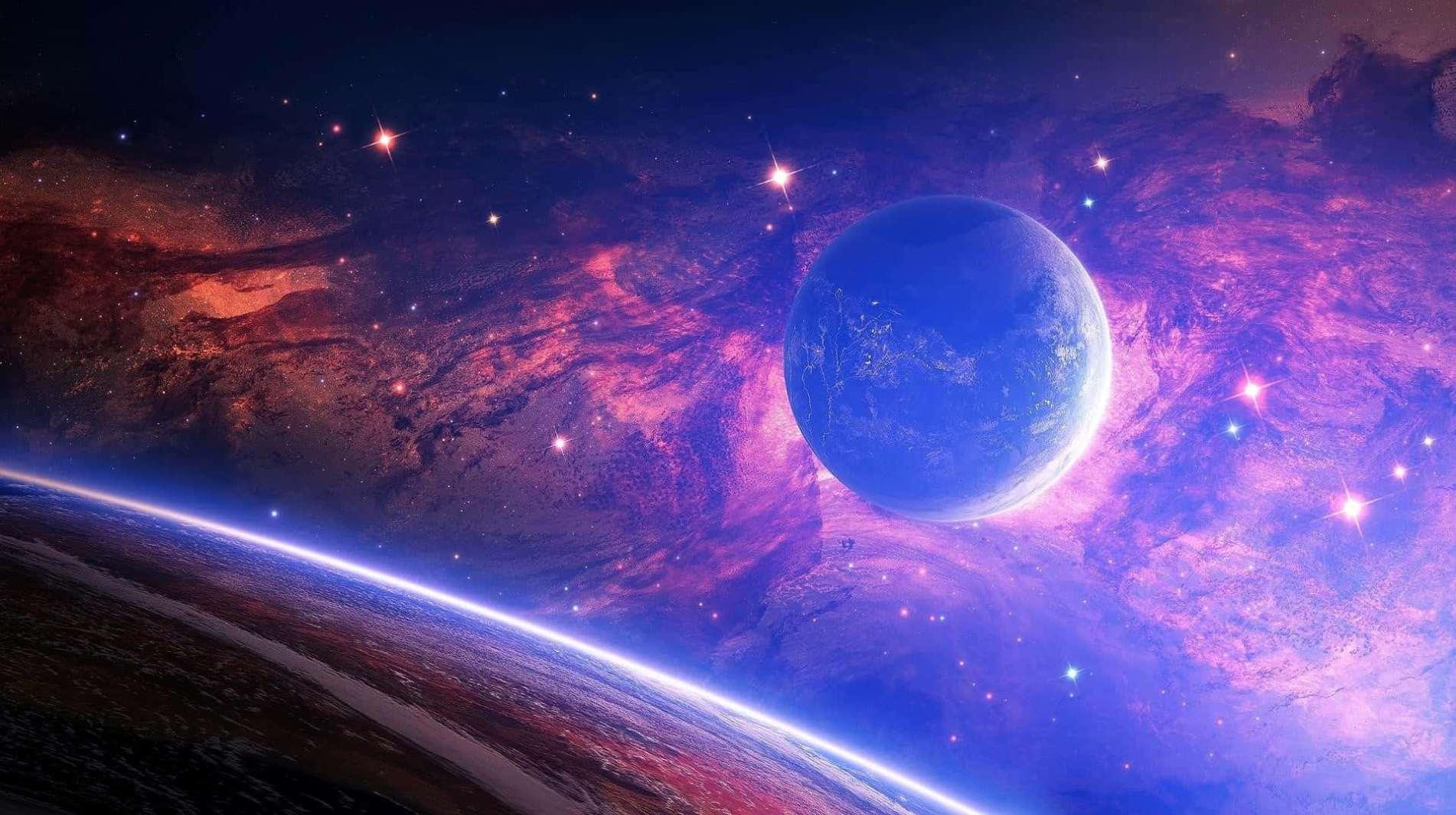


Strange New Worlds has excited fans by introducing compelling new characters while deepening the ones we've known for years. Among the most striking are La’an Noonien-Singh, played by Christina Chong, and Una ChinRiley, also known as Number One, played by Rebecca Romijn. These two women’s stories explore powerful themes of diversity, prejudice, trauma, resilience, and self-acceptance. Both characters face the burden of being judged not for what they do, but for who they are, or for what has been done to them. Their journeys reflect ongoing struggles for identity, mental health, and healing. The Star Trek universe, as it so often does, reflects with poignant clarity what is occurring in our own world.
La’an Noonien-Singh carries a name she cannot hide. One that links her to one of the most feared figures in history, Khan Noonien Singh. Although she is not genetically modified, the stigma of her ancestry follows her wherever she goes. People react with fear, suspicion, or hostility, not because of who she is, but because of what they assume she represents. Her trauma is generational, inherited, misunderstood,

and often projected onto her. She has internalized this to the point that she expresses the same prejudices , as seen in “Ghosts of Illyria” (Season 1, Episode 3), when she fights with Una over being an augment and calls her an “abomination,” names she was called as a child.
These early traumas were followed by even more devastating ones. As a child, La’an was the only survivor of a Gorn attack that claimed her family and colony. This trauma shapes her behavior and worldview. She’s hyper-vigilant and finds it difficult to trust. These traits help her survive but also isolate her. As Captain Christopher Pike, played by Anson Mount, tells her in the first episode, “There’s surviving, and then there’s living” (Season 1 Episode 1). Over time, we see how

La’an begins to heal, not by forgetting her trauma, but by facing it, understanding it, forging meaning from it, and most importantly, learning to lean on others, including mental health professionals.

Una Chin-Riley, on the other hand, conceals a truth she did not choose. She is Illyrian, a member of a species that embraced genetic modification. The Federation prides itself on being a society that upholds the Vulcan philosophy of Infinite Diversity in Infinite Combinations, yet Una is arrested simply for being Illyrian. This exposes the Federation’s deep-seated contradictions. She is not charged with misconduct or dereliction of duty, but for the fact that she was genetically enhanced, a condition she was born into and one she has hidden to protect her career. By criminalizing her very existence, the Federation reinforces a systemic
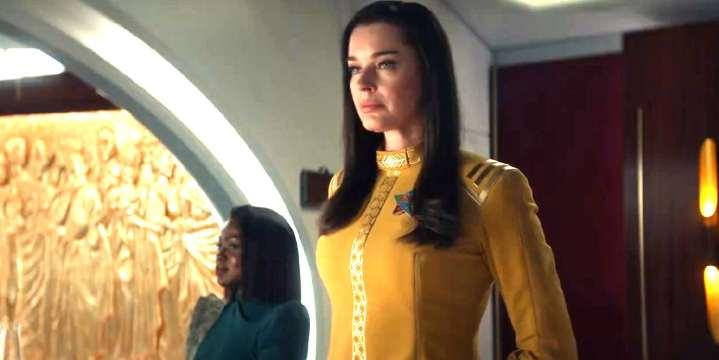
prejudice built on fear and outdated laws. In this case, it is the sweeping prohibition on genetic modification enacted after the Eugenics Wars. The law was designed to prevent the rise of another Khan, but it ends up punishing people like Una, whose enhancements are not about superiority, but survival and adaptation.
Una’s story echoes the real -world experiences of transgender individuals serving in the military.
In “Ad Astra per Aspera” (Season 2, Episode 2), Pike travels to a hostile planet to gain the help of Counselor Neera Ketoul played by Yetide Badaki. Ketoul argues the Illyrians have been forced to hide
their identities and endure discrimination, even fear for their lives. Not for what they have or
“Star Trek reminds us that even in a future of warp drives and starships, the fight for justice, identity and belonging isn’t over.”

haven’t done but because of who they are. At one point, Spock, played by Ethan Peck, states that he finds it “…illogical that the Federation would punish itself... losing a good officer.” The crew says one phrase after another that I know could be said about transgender officers in the military today. Chin-Riley is a
mentor, they’d learned a great deal about leadership from her. She puts the lives of her crew above her own, a friend, and family. Ketoul gives speech after riveting speech and guides selfreflections that could benefit us all. Can an organization claim to uphold equality while drawing arbitrary lines about which kinds of diversity are acceptable? In any case, Ketoul saves the day for Una but leaves us to know the fight is not done.
What makes both La’an and Una’s stories powerful is how they portray post-traumatic growth, a psychological concept describing the transformation that can emerge after surviving adversity. Instead of being broken by their experiences, they are reshaped by them, becoming stronger, wiser, and more compassionate leaders. La’an, through her missions and relationships, begins to see that she is more than her past, that her trauma does not define her, but it does

inform her strength. Una learns to stand up for herself and others like her, challenging institutional hypocrisy and becoming a symbol of progress within the Federation. These stories are not just character arcs. They are reflections of real-world experiences.
Many marginalized people carry trauma from discrimination, war, or personal loss, and face the added challenge of proving their worth in systems that were not designed for them. Star Trek reminds us that even in a future of warp drives and starships, the

fight for justice, identity, and belonging isn’t over. La’an NoonienSingh and Una Chin-Riley show that progress doesn’t come from ignoring our past, but from facing it with courage and integrity. It is also my hope that Star Trek will continue to inspire us to stand up for those who are different from ourselves. “Ad astra per aspera,” through adversity to the stars, isn’t just a motto. It’s a promise. One that acknowledges the pain of the journey and the hope of a better future that drives it.

DONNA RUNYON: Donna Runyon is a single mom of four living in the Washington D.C. area and a lifelong Star Trek fan who firmly believes all Trek is good Trek. She's found that the camaraderie of fandom has brought many lifelong friends into her orbit, and given her invaluable life lessons such as channeling her inner Kirk when faced with the Kobayashi Maru.











You may not recognize her face, but you’ve definitely heard her music: Nami Melumad is an IsraeliDutch film and television composer based in Los Angeles. She’s worked on such diverse projects as the HBO Original film “An American Pickle”, Pixar’s “Dream Productions”, the Amazon TV series “Absentia”, and Marvel’s “Thor: Love and Thunder,” among other projects. For Star Trek fans, she’s best known as the composer for Star Trek: Prodigy and Star Trek: Strange New Worlds. Nami and I spent a delightful hour talking about her musical upbringing, her career, and what’s coming in the soon-to-be released third season of Star Trek: Strange New Worlds. (Sorry, she wouldn’t give up any spoilers.)
Melissa A. Bartell. (MAB) Hi, Nami. Give me just a little bit of background about how you became a composer at all. I know from other interviews that you were originally a flautist…. Was flute your first instrument?
Nami Melumad (NM): Not exactly, I mean yes, I am a flutist. And it was kind of my first instrument, but my real first instrument is the piano.

MAB: Did you choose piano, or was it just expected that you’d have piano lessons?
NM: I wanted to learn the piano because my older sister was playing the piano and if you have a sister, you probably know that you always want to do what your sister does. And so how it went down. Like, she joined the Girl Scouts, and I joined the Girl Scouts, and she loved the Backstreet Boys and. I love the Backstreet Boys. So, the piano was part of that process, only I continued to play it, and she kind of stopped. So, that was the first instrument, and then the first orchestral instrument was indeed the flute, and I played it in fourth grade.
(Nami laughs and corrects herself.)
NM: Well, actually, technically, that's also not true, because the first orchestral instrument was an oboe. But I used to break the reeds all the time, and it was It became very cumbersome because those reeds are thirty bucks each. And the other thing: when you play the oboe, it's very positioned this this way. I don't know how to explain it in words, but it's very
(Nami mimes holding an oboe with her hands positioned in front of her and her posture very tight.)
MAB: Closed?
NM: closed. Tight. It's a lot of effort to make a sound. And to make a good sound. And at some point, my mom was like, “You know what I’m not sure that's your personality, maybe pick the flute, because first, it doesn't break. It's metal.” And when you play it
(Nami mimes playing the flute, her arm extended and her posture more open.)
MAB (laughing): That’s true.

NM: - it’s very wide and open. And also, your body is sort of. high and like you're holding it up high up in the air. So, I think that it actually fits my personality better. And I've been playing the flute in many orchestras [since then].
MAB: Do you like being part of an orchestra as a flautist?
NM: It's really cool because you get to sit in the middle, and you get to hear everyone, especially when an orchestra practices, and sometimes the conductor is asking to hear just the viola part, or just let's hear just the woodwinds, and so on. I think it was a great teaching experience for me because I was able to hear all the different parts. Also, when you rehearse something. 1,000 times you get very familiar with how it works. I mean, if there was an orchestra here, I would love to join. But now I’m so busy.
MAB: So, you started with orchestra with classical music the way most of us do…. How did you get from playing to composition?
NM: I guess it kind of started with watching films with my family. Uh, we really loved watching Home Alone, and I really loved the music of that. I think that's the first time I was aware of a film score. And then later, there was this Dutch film playing in theaters. It got nominated for best foreign picture in 2002, and it's called the Twin Sisters. And that movie was a very heavy movie. It's like a World War Two film about two sisters who get separated. One is growing up in the Netherlands, and the other one grows up in Germany. And how their life is spanning completely, differently… But how they interact like across the years. So, it has a very emotional score, orchestral, but also. It had a lot of jazz components in it, and I really noticed how the composer… like how it was the same theme. So, he took the jazz like the – sorry he took the orchestral themes, and he put them into jazz music. And I thought it was so brilliant.
I looked up that CD in the Netherlands that year. I went into every store until I finally found it, and I would play it like all the time. And then I started. I tried to play it myself on piano. And that's where I'm
like, oh, wait! So, this music. I can play it like, its chords, its melody. If you strip out all the orchestra., it’s actually pretty doable to play.
MAB: So, you played it… and then…?
NM: So, I'm like, wait, can I? Maybe I can write this too. And that's where I kind of started like writing. I first started with piano. And then I got this little computer software — a very early version of Cubase where I had this little library that is like an orchestra, and I could write for the horn, and I could write for the strings, and the flute and oboe, and all that, all those instruments and some percussions, timpani and so to mock up an orchestra, which is essentially what I'm doing today. Only [now] I get to actually record it. But this was. I was fourteen years old, probably.
MAB: Oh, that's awesome!

NM: Yeah, it was really fun. And I would imagine, like, okay, what would be a fourth film of Lord of the Rings? What would that sound like? What would be the story? You know I have a whole soundtrack written for that.
MAB: Oh, wow! The music for the first three films was glorious, so I can see how that would inspire
NM: Yeah, yeah. So, I was very influenced by that. And Pirates of the Caribbean like all of them. So, I would write these tracks thinking, “what would that sound like?” Surprisingly, I didn't try to go for Star Wars or Star Trek at the time. Even though I started getting familiar with the music. Actually, my first introduction to the Star Trek world was hearing the Jerry Goldsmith theme.
MAB: So, had you already decided at some point, “I want to major in music,” or what was your education like?
NM: So, in high school. I did choose to go to the Department of Music. It was four years of music, and I wanted that. I didn't know at the time that this was going to be a final like. “Let's do this as a career.” I talked to one of my sister's friends again. She was in the music department three years above me, and she was like, “It's so much fun; make your high school fun!” And she was right.
But at the time I also took chemistry because I felt like I needed a backup plan. And I loved chemistry,
but at some point, it actually collided with the music lessons because they would do it on Fridays. And then it was kind of a decision: which class am I going to miss? And I ended up missing most of chemistry and just studying for the tests. I was passing all the tests, but I was not attending class. I just attended the labs because they were so fun like we would do all these experiments, and I really enjoyed that, and I enjoyed the social aspect of it.
I was still taking lessons, mainly flute lessons, and I was actually learning a little bit of jazz, too. And guitar I taught myself. It was a very great experience of music throughout the high school, and we also did musicals. So, I wrote a bunch of musicals. And actually, my first job out of school was to do music for a theater show.
MAB: Really?
NM: Yeah. They brought an external director to direct one of the musicals in our high school. And she was working for a real theater, and we worked closely together on a lot of the music, the background music, and also the songs, and also even the script. And she was like, “You know, I'm working on this thing. Do you want to be part of it?” And it wasn’t

what I expected, but it was great. A stage that has such a different feel than a screen. But at the time I didn't even know where my career was going to lead.
MAB: So, what took you from school? You did your undergrad work in Israel right?
NM: Yeah. In the Jerusalem Academy of Music.
MAB: What took you from Israel to the USA?
NM: Oh, well, that at that point it was already the dream when I got to Jerusalem, it was already in the back of my mind that this is the route to be on to go into the industry here.
I consulted with a lot of professional musicians and composers back home, and most of them were saying things like, hey, study, music first. You know you can always hone your skills in film and on TV and learn the technicality of it. But you have to study music first. You have to study, like the language of music, and how you, how you write it, and like, expand your vocabulary, listen to all the repertoire: Classical, non-classical, like everything you can.
So, in Jerusalem, I went into the interdisciplinary composition department. We had classes on classical composition, modern day composition, contemporary And then we had classes that included Indian music and Arabic music, and Jazz jazz arrangements, jazz harmony, symphonic arrangements, orchestration in theater. Music for dancers - that was a class where you are with the dancers, and you create music for their choreography, and then they take your music, and you would make changes based on what they did.
And yes, there was also one class of film music, which, funny enough, I actually got like a I made a pact with the teacher, that I will just submit all the assignments, and he will not ask for my attendance, because it was, you know this was the stuff that I already did before. The class was mainly teaching how to use the software and what you can do with it. And I had already been working with Cubase at that point for like eight years. So, I didn't really need the class.
But I took another class for my master’s degree with a teacher called Josef Bardanashvili. He is the composer for many of Dover Kosashvili’ss films (Dover is like a huge director back in Israel) and he would bring in all sorts of scenes from his movies, but also, you know, from Pixar shows, Pixar movies. He brought “Bolt.” And he brought “Star Wars”, too, and so we would analyze what the score is doing, and how it works, and that that class was fantastic because. I got to really kind of dive into Hollywood stuff, too.
MAB: And that’s when you came here?
NM: That reinforced the idea of coming here again. And yeah, then I moved here. I got into USC. They have, like a grad school program for composers, and I worked my ass off for a year in this program. And then I was working on a lot of student films it was 15 student films in that year.
It was a lot. I had no life. No social life at all. But it worked out because a lot of my friends are from the cinema school, and they're still friends of mine. And you know a lot of them went on to work on other things, and I went on to work on other things and sometimes it's fun to get to work together on something again. It's like… when you’ve known a person for 10 years, there's a special connection that you have.
MAB: So, what took you from grad school and working on student films into working professionally? Who was the first person who hired you to do something? What was your breakthrough?
NM: My first breakthrough was actually Absentia, the TV show for Sony International. I think Amazon Prime distributed here in America. And what happened there was. I worked on a bunch of independent films and like short films, indie features. And one of those little shorts was very well produced, very well directed, very well edited. The editor of that short started working on this show, Absentia. and he reached out, and he was like, “You know they're looking for a composer. Send me your stuff. I'll forward it to the producers.” And then I got a call, like, right away, saying they loved it, and they wanted to meet. So, the whole thing was very, very quick. And

then, very shortly after, I pitched on “An American Pickle” for Seth Rogen Evan Goldberg and Point Grey. That was the first big movie that I worked on. That was the real breakthrough.
MAB: Did you have anyone mentoring you through all this?
NM: I was very fortunate to have two great mentors in my career. The first one is Tom Newman, who was my mentor at USC, and like, much later as well. And the other great mentor is Michael Giacchino, who I got to work with on “Pickle”, and then moving forward from that, we worked on a bunch more things like Star Trek: Prodigy and “Thor, Love and Thunder,” “Medal of Honor” … All these amazing titles.
MAB: I know it was Michael Giacchino who got you into working on Star Trek, but had you already been a fan of the show?
NM: Yeah, I've been a fan of the show. I've been a fan of music, in particular, the Jerry Goldsmith stuff.
And Horner’s. And Michael's of course for Star Trek [2009]. I think the influence. of his scores is very apparent in in my music to this day.
MAB: Was Prodigy the first Star Trek show you worked on?
NM: So, the first show I worked on – the first episode I worked on was “Q & A,” the Discovery Short Trek in season two. And it was basically kind of like the pilot for Strange New Worlds. I mean, in hindsight you can say that. It was about Spock's first day on the Enterprise, and for me it was also my first day on the Enterprise.
MAB: So, you got to be newbies together. Sort of.
NM: Yeah, newbies together, but also, I got to experience exactly what the character on screen is feeling, which is a good thing, you know, when you're trying to write for it, because you want to contain your excitement. You want to look professional. I mean, this is exactly what Spock was feeling that

day. Right? Or like expressing his feelings like, “Oh, I don't want to show that I'm so like, blown away by where I am.” You know, because he enters the bridge, and he's you can see that he's aweinspired. I felt the same way walking into the production office of Secret Hideout. And even when I walk to the orchestra today, I feel that this is just so magical that I get to be part of this experience.
MAB: Do you actually get to be on set from time to time? Because I know a lot of your work is probably remote.
NM: No, I don't. I’ve never been to set. It's in Toronto and I’m in Burbank. When we record the music, every time we do a session, I am there. Some of the actors have been to our recording sessions when they were in town. Melissa Navia, for example, was there last year. A lot of the writers, and, like editors, stop by sometimes, like our production team. I attend most of the dub dates here as well.
MAB: So, you started on Star Trek at the same time as Spock. How did how did that lead to Prodigy and then Strange New Worlds?
NM: After I did the Short Trek, I think Alex [Kurtzman] recognized some potential there. And then he pitched the idea that that Michael [Giacchino] and I would work on Prodigy. So, Michael would write like the main theme of it. And then I would write the rest of the show. Which is what happened. And I think it worked really well, because Michael and I have worked a lot together,
and I feel I understand his style. His theme was very well integrated into the score. I want to say, I'm very proud of how I used it.
MAB: That score is beautiful.
NM: Thank you. So, I did the first episode of Prodigy. And then they called me you know, we were on Zoom, and we were doing these notes. And they had so much, so many notes. And I'm like, am I gonna get fired? It was so, so many notes! And they're like, okay, well, you know, there are a certain amount of revisions you can do. And then you're like, well….? But the thing they were saying, “oh, we really like it.” And then Alex had to leave the call, and after we finished the call, his assistant emailed me again and said, “Oh, Alex would love to jump back on if you're available.” And I'm like, Oh, my God! He has more notes! I mean oh, my God! I was sure that this was not gonna work out. And then he comes on the call, and he's saying, “So we have this other show, Strange New Worlds, coming up. I think you'd be a great fit for it; do you? Would you like to work on it?” And so that's how it led to Strange New Worlds. So, it was kind of happening simultaneously.
MAB: Can you compare and contrast what it was like working on two very different Star Trek series?
NM: Well, with Prodigy, you know, this is animation. This is about aliens who are kind of rejected from where they you know, they don't know how to be Starfleet just yet, so we're kind of introducing them to the world of. Starfleet? And what is the Federation? And it's a journey with them.
And then, on the other hand, in Strange New Worlds you have the flagship of Starfleet, with the best officers, with the most iconic ship, the Enterprise And you know it's a live action show. It's very, very different. But still, I feel like the values are the same.
MAB: Do you feel like there's more pressure for something like Strange New Worlds, which is so connected to the rest of Star Trek in a way that. Prodigy isn't quite.?
NM: Um, yes and no. I think the pressure was actually higher with Prodigy. And I'll explain why. Prodigy
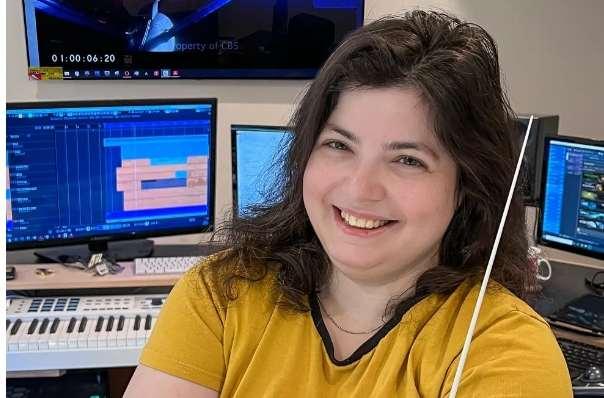
creates a new fan base, right? It brings fans who are not, you know, originally fascinated with Star Trek and it brings kids into the universe. And so, I think the pressure of having to do it great and still make it fun - Make it engaging enough - Make them want to watch the next episode….
And music has such a powerful job in animation because it's almost like a character on its own. It drives a lot of the narrative. So, you really have to do the right thing. And then, obviously, you have all these connections to Voyager, and to coordinate all that like, ultimately, you do want to connect to the origins of Trek.
So, I do feel the pressure was actually higher. But with Strange New Worlds, obviously, you have high expectations from fans and the Trekkies (but being a Trekkie, I also have high expectations from myself), so I know that it has to also be great, and I know that I don't want to overuse certain themes or certain ideas. But I'm like, oh, if I'm going to do this this thing here, people are gonna freak out!
MAB: It's so obvious that you are excited by your work.
NM: Yeah, I mean, sometimes I'm feeling like it’s very, very surreal to be paid for this. I mean it’s crazy. It's living in a dream. Really.
MAB: As much as I’d like to dig deeper into the music itself, I feel like I have to ask -– since we’re talking about pressure you’re the first woman composer in Star Trek. Do you feel like there’s added pressure because of that?
NM: Yes and no, I mean at this point, after, like seventy episodes, I feel less pressure. I did feel that pressure at the beginning - that you can't really fail, because if you will fail - and this is a bit of a sad truth but, I feel like certain minorities, or certain groups, or certain people who look different. - if they get an opportunity and they fail. It's like they're going to be blamed harder. And it can actually make an effect on the rest. So yeah, in a way, I did feel the pressure.

But also, I feel like it kind of dissolved with time, because, especially when I got to work on a second Star Trek show, where I feel okay, they trust me. It’s going well, and I'm succeeding, and I'm fulfilling their expectations…
But yeah, a lot of times you have to go, you know, above and beyond, for something where sometimes I don't know if my male counterparts would even think about that, or like even have to confront any biases, or any of that stuff.
MAB: I want to go back to something you said earlier about learning the language of music… we’ve had a couple of episodes where music was the language. How do you approach that as opposed to a more typical score?
NM: I love that Trek is going in in that direction of, you know, addressing music as a universal language, because it is uniting everyone. I think every human on earth, and even animal, can connect with music. So, in a way, it's really great that they're using that as a tool. Um. Sorry. I think I digress from the question, what was the question? Again?
MAB: Oh, how do you approach it? And when you're doing it as explicitly as a language as opposed to a more typical score?
NM: Yeah, so yeah, and I think. I mean to be fair. That episode of Prodigy I think we had the most revisions on. It was maybe seven. Seven times to try. What? What is the sound like? What? What is the music on that planet sounding like? Um, it's the difference between score and source music. Do you know it? Or should I explain or…?
MAB: Please explain it, since everyone reading this may not understand…
NM: Well, yeah, I'll explain, like, briefly. So, when you're doing a score, it's just the audience that is hearing it. We're putting in whatever theme whatever instruments that are accompanying the story.
But source music is music that the characters in the scene are hearing. It could be a radio. It could be music at the bar. It could be somebody playing an instrument or a dance happening. Or all sorts of, you know, communication of aliens from speaking music or speaking harmonies or speaking frequencies. So
basically, what happens in these scenarios is you have to write both things and integrate it very well. So, in the episode where Uhura is deciphering those frequencies, we had to integrate that into the score. We also have to do it in advance, because this is music that will be played on set also the alien song from the comet…. All these cues were things that I did before they even shot the scene. And also, the cast had to practice the singing and all that stuff.
MAB: Episode Two of Strange New Worlds, “Children of the Comet” was one of my favorites. How did you go about making the music make sense without making it sound human?
NM: For me. It's real like, this is the language I speak, right? So, I worked very hard for it to not sound human. I used a bunch of like audio effect tools to make it - and that is the fun thing about experimenting with instruments, because you can try things, and then you can record something, and then you can reverse it, and you can slow it down. You can do all sorts of manipulations so that it sounds very alien, eventually. It doesn't sound like the original instrument that you recorded.
MAB: How much input did you have from the rest of the creative team?
NM: It was a lot of back and forth, and a lot of experimenting and like listening to different scores. There were references from the showrunners…. When there's a team of creatives that is helping you sort of navigate the ship. Like the Star Trek stuff. It's just it feels like there is a whole crew behind you. It's not just the captain. It's like everyone together giving you ideas and giving you directions. That's how I feel when I'm on the scoring stage, because, you know, there's the orchestrator, and there's the sound engineer sitting next to me.
MAB: Nothing happens in a vacuum…
NM: Yes, exactly. Um. How does it go? Infinite Diversity in Infinite Combinations? Oh, it's that! It's that in music!
MAB: In season 2 of Strange New Worlds, we had the musical episode, “Subspace Rhapsody.” I know you didn’t write the lyrics or the songs, but you did have to bridge them into the rest of the show. Did you get to collaborate with Tom Polce and Kay Hanley or was you part all after the fact?
NM: It was after the fact., which is okay. Maybe it would have been better if we worked on it at the same time, but they needed the songs and everything probably like a year in advance, or something like that. And I think we were still finishing season one.
I think I ultimately had to leave enough space for the songs and make sure that I wasn’t overtaking it. I think it was really fun to do this opener, because it kind of sets the tone when Uhura is her comms. And you can already kind of sense that it’s gonna be a different episode. I think the score was a giving some hints to that. But, if I’m not mistaken there was another cue in that episode where I wrote it, and I thought it was going to be really good. And then, because of one of the songs they were like, you know what? We need quiet here. And I was very disappointed but, you know, you can't win all the fights, so it's fine.
MAB: In a show like strange new worlds where every episode has a different tone, do you enjoy getting to play with all these different styles?
NM: Oh, my God, I love that! It's probably one of my favorite stuff about Strange New Worlds, and especially you'll see in season three that we are kind of also doing the different stuff. It's very fun as a composer to get to explore. Like very, very different approaches. Like, okay, this is going to be a romantic episode. There's gonna be a war episode. This is going to be a drama. This is gonna be like horror. Like there's all these styles, and it's fun to explore them within the realm of Star Trek.
MAB: But you still have to use the themes that you created for each the motifs for each character and make them work in those different styles.
NM: Which actually makes it easier. I think, once you have material that works for a certain character it's very easy to manipulate those or create variations. Especially in season 3, we get to explore different ensembles, too. I'm pretty sure I can say that there were episodes where we used a traditional orchestra, but there are episodes where we added strings and piano. And there's an episode where we actually didn't use a full orchestra. It was just some strings, and the guitar. So yeah, I think you're in for a good treat.
MAB: What is your timeline of how you do an episode? Do you get a script, or do you start with a cut of the show without music?
NM: Okay. To be fair, I get all the scripts because I'm cc'd on all the email on the production side of Star Trek. But here's the kicker: I don't always read them. Sometimes, if I have the time I'll read it. I read 4.01 before I saw it, so I knew what to expect. But between the time that you read it and the time it comes to your computer as a cut, it takes a few months. So, you may not remember how they came out of this problem? What's the solution to this puzzle? Or you know how it ends, but you don't remember the little funny moments of Ortegas.
I see it the first time, on the spotting session with the showrunner and the editor and the sound team um, which is actually interesting because Henry [Alonso Meyers] likes to see people's reactions if they haven't seen the show yet.
Then I write. I write the show basically like what I did since childhood. I create a mockup I'll take the instruments virtual instruments. And I create a sample of what the cue is going to sound like, what the horns are going to do, what the trombones are going to do. A little bit of the trumpets, strings, whatever. I create something that feels real enough for the showrunners to understand where I'm going. And once this gets approved (sometimes there's revisions and stuff then we go to the orchestra. I mean, have to prepare the stuff for the orchestra. There's an orchestrator who takes my mock hp - he gets like something called MIDI — He AND she; there's two of them. They get the MIDI info, and they translate that
into Sibelius, which is a notation software. Then from Sibelius we create the conductor score and the parts for the musicians. And then we have to book the stage book, the musicians. We usually try to go with the same orchestra with the same players. So, it's the same sound, and it feels cohesive.
So, we record. Then the engineer mixes it and then we deliver it to the stage. There's also Matt [Taylor], who's a great music editor that helps a lot with little fixes or things that we didn't catch, or just to make it, or to make the order of all of this madness. You know, when I talk about it now, it seems very simple, but it's a huge, huge process. And there's like a hundred people involved in this.
MAB: Do you still watch the show when it comes out? Or have you had enough of it by the time you've worked on it?
NM: Oh, my God! I love watching it. I know I'm weird. I'm probably one of the only composers who is okay to watch their work. Ah! The thing with about that is that you always think oh, I could have done this and that, or like there's little flaws that like I'm like, oh, oh, I wish this came out more or I wish I put the bassoon to play on this note as well. It's very silly. Nobody's gonna know. It's only me with my issues. But once I get past it, I really enjoy watching the show. I love this. I watch all the Star Trek shows.
MAB: Is Strange New Worlds your favorite because you’re working on it right now? Or do you have a different favorite series?
NM: Oh, I feel like it’s not fair for me to say that, but if I had to choose a real favorite it would be Prodigy and not Strange New Worlds. I think I recognize the potential of it. I emotionally got very connected to it and what it says, and the message of it, and all of that - his crew coming together, and how Starfleet is basically saving their lives. Starfleet is making them who they are. They discover themselves through Starfleet, which I love.
But again, I love Strange New Worlds, don't get me wrong. I think it's the second-best show and I wish it would go on forever. It's an amazing cast, and after
seeing the writing on season three…. You are in for a fantastic treat. My favorite episode of Star Trek as a franchise is in season three of Strange New Worlds, and that's a very high bar. Because before that I think “The Inner Light” was my favorite. And now. Now we're shifting to a certain episode that is about to come to the screen this summer, so I hope I hope the Trekkies will react the way I did. What’s your favorite?
MAB: Hey, I’m supposed to be asking the questions! (laughter): But I like them all. I just like them for different reasons. I feel like there's a Star Trek for every moment in our lives. And whatever point of your life you're at. That's the one you gravitate to at that point.
NM: Yeah, that's very true. Actually, because there's a lot of times I'm hearing Captain Picard - the TNG version of Captain Picard echoing. He’s saying, “You can do everything right and still lose,” You know, like all these like moments It's true. You pick up everything from everything. And DS9 is also, for me, at the top. There were very strong episodes in that. Where you go, they go with you, you know?
MAB: Last question: If you could be a character in
Strange New Worlds, what would they be like?
NM: Ah! Wow! I would have loved to join the pirates. Like, I think I’d like that adventurous life. Or - what was what was her name? Captain Angel - She was so cool, like I would want to be on her ship. I think she was trying to release Sybock or what was that like her boyfriend.? Yeah, I would want to be in her crew Um! But I think in reality I'm more of a Spock uh. I'm very logical. I'm very like, contained, and I love science so…. Maybe a half-Vulcan.
Connect with Nami Melumad: Website

MELISSA A. BARTELL: Melissa A. Bartell is a writer, podcaster, voice actor, improviser and kayak junkie currently living on Florida's Nature Coast. She has one husband, two dogs and only one kayak (so far). Find her at MissMeliss.com or on social media:
Bluesky | Facebook | Instagram | Mastodon
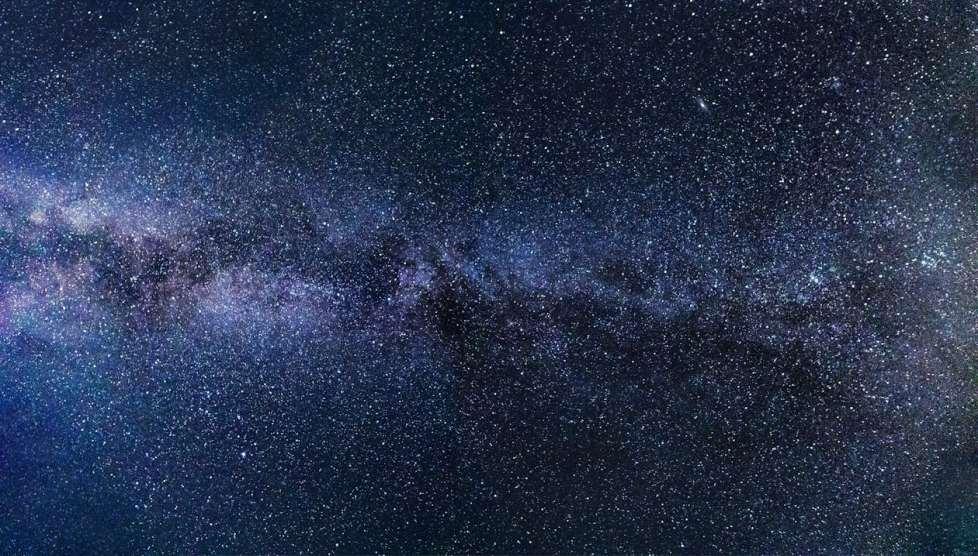


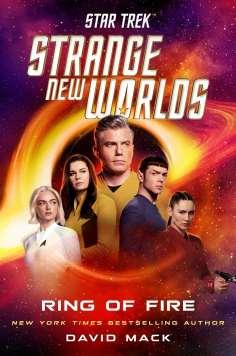




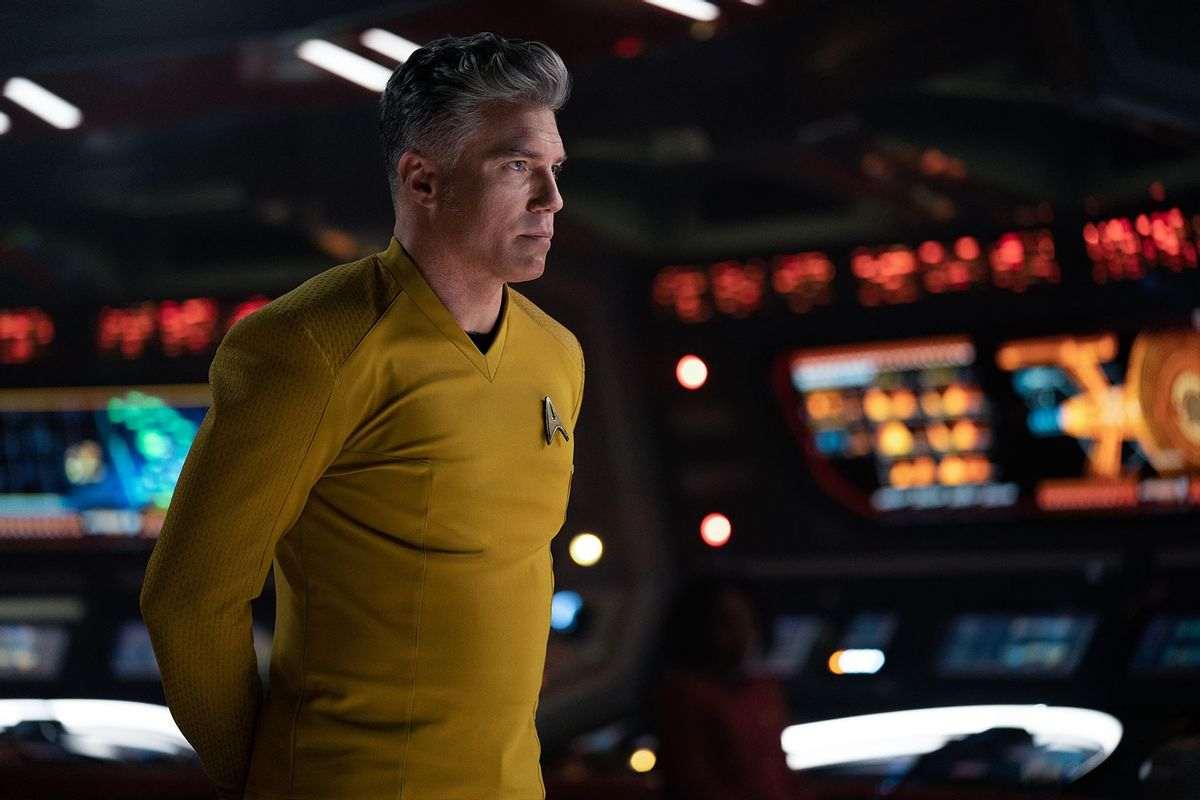



s ban on genetic enhancements. The Illyrians, instead of modifying the environment so beings can live, genetically modify the body to adapt to the environ-
Una uses the phrase
how she learned about Starfleet in school and took inspiration from the phrase which was Starfleet’s original motto. For Una, the phrase was an acknowledgment of the hard work that sent humanwell as a message of hope. In the SNW Those Old Scientists’, Starfleet 100 years later is using Una on a recruiting poster with ad astra per aspera’. Many of the struggles that The Original Series, as The Next Generation involved outside influences where one or more of the crew would fight against an outside threat. The true example of Star Trek’s s Journey are the characters’
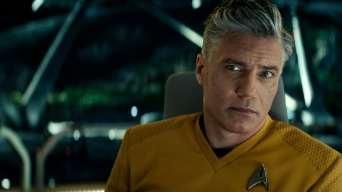
internal struggles, such as Spock dealing with being half humanhalf Vulcan, or Worf being Klingon, or Data trying to access a sense of being human.
This internal Hero's Journey is examined in depth in Strange New Worlds, where the main characters, while dealing with outside threats, also battle personal issues that continually haunt them. This is seen even in episodes that have more of a comedic presentation (Spock Amok, Subspace Rhapsody, Those Old Scientists).
For example, Pike strug-


gles knowing what his future holds, which also impacts his ability to commit to romantic relationships. Una struggles with her Illyrian ancestry, as well as the subsequent inability to then be open with her crewmates. Spock of course, struggles with being half human-half Vulcan, as well as his on and off again relationships with Chapel and T’Pring.
Almost the entire cast is battling with internal demons. La’an struggles also with her ancestry, as well as her feelings for Kirk. Chapel struggles with her relationship with Spock, as well as her career ambitions. Uhura is dealing with confidence and isolation issues due in part to the death of her family. Ortegas is struggling with her role on the ship and how integral she is to it.
M’Benga struggles with the health of his daughter. Both he and Ortegas also experience severe PTSD after serving in the Klingon War.
In the end, these characters are easier to identify with as their backstories are more relatable and their personal struggles are similar to many of us. The lessons of ‘ad astra per aspera’ provide a foundation where we can see how people can overcome their shortcomings and still make great contributions to those around them. This is part of what motivated Boimler in Lower Decks to join Starfleet. And it was also demonstrated in the admiration shown by many of the crew in Strange New Worlds as they spoke of some of the crew from Enterprise. Ultimately, this is part of the
reason we enjoy Strange New Worlds, and Star Trek in general. We identify with the struggles and joys of life shown in these episodes and movies. We learn that nothing but sunshine makes a desert.

DAVID G. LOCONTO: David G. LoConto is a Professor of Sociology at New Mexico State University, specializing in collective identity, fandom and social movements. More importantly, he’s been a fan of Star Trek since Sept. 8, 1966 when he watched the first episode with his parents.





(Click on the Coffee bag above)
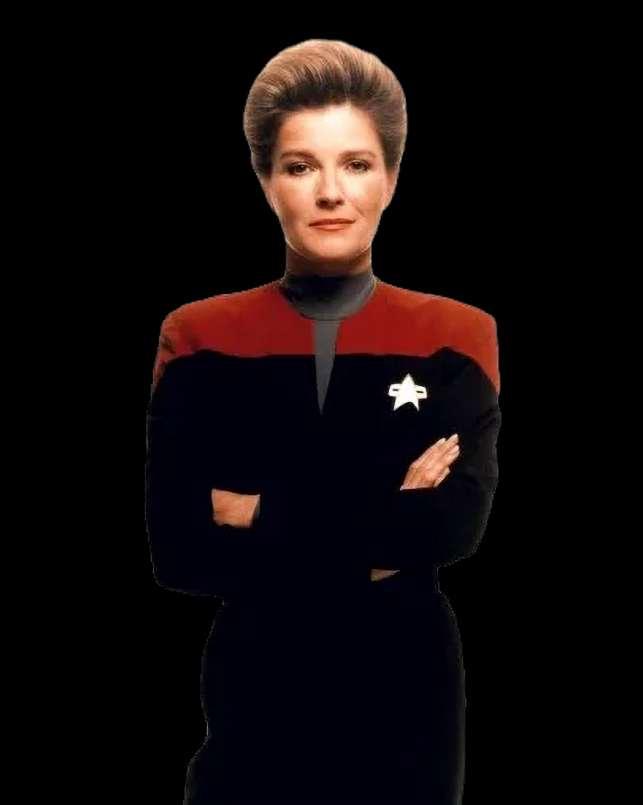












In the year 1928, H.B. Reese came up with the idea of merging two distinctly different products into a single candy sensation: the Reese’s Peanut Butter Cup. Bringing together a peanut butter filling surrounded by chocolate was a brilliant idea that has become a powerhouse in the candy industry. I’m old enough to remember the commercial from the 1970’s where the line, “two great tastes that taste great together” came about. What has this got to do with Strange New Worlds (SNW)? Ah, let us consider the combination of two great Trek series which, like the Reese’s candy, is a true treat.
For the second season, episode seven, entitled “These Old Scientists,” a mash-up of two Star Trek series was envisioned. This had been done in the past, but only to a very small degree. The most unsuccessful was the last episode of Star Trek: Enterprise. However, that was covered in my article from the fourth issue of “Engage!” so let’s leave well enough alone.
For this episode, charac-
ters and elements were used from two concurrent series, SNW and Lower Decks (LD). But before I continue, let me state that when I first watched Lower Decks, I could not get through the first episode. The level of violence turned me off. This wasn’t what I was used to in a Trek series. Yet time heals all wounds and I gave it another chance. This time I looked at it as dark humor and it worked! I was hooked.
As for Strange New Worlds, it wasn’t as dramatic. However, when I first saw the Enterprise and Capt. Pike in his flashy new uniform in season two of Discovery, I was not impressed. So, when SNW debuted and the uniforms were more in line with TOS, I was happy. And as the first episode unfurled, I wanted to watch more of this series.
So, like a Reese Butter Cup, when I learned that a mash-up of LD was in the line of episodes to be aired, I was most interested. What I did not know was how it was going to occur. The episode opens as if we are watching an episode of Decks. Yet as it continues, we see
Ensign Boimler sucked through a time portal and sent back into the reality and time of SNW. He becomes the human version of himself, voiced by and played by Jack Quaid. The opening credits run; however, they are in an animated style, including the space slug that attaches itself to the nacelle of the Enterprise (as on LD). But the true happy surprise was to see who directed the episode, Mr. Jonathan Frakes! From then on, we see the future Boimler dealing with and experiencing the crew of the Enterprise, people he admired and knew all about. This allows a lot of reference material to be stated by

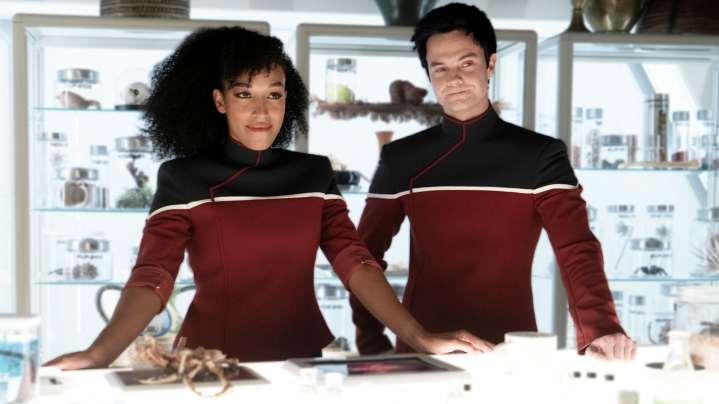
as well. (A subtle touch and a nod to the director has Boimler sitting on Pike’s favorite horse saddle as he says “Riker.”) As an attempt is made to send Boimler back to his time, Mariner is inadvertently transported as well and becomes the human version of herself.
(Authors note: I have always understood that animators like to create the drawn characters to resemble the people who voice them. Seeing Jack Quaid and Tawny Newsome on screen playing their characters only confirms that understanding. And it makes the episode so much more fun as well.)
What is so truly enjoyable about this episode is the dialog. And that has to be attributed to having Kathryn Lyn as a co of the script. Being a writer for both series, it allowed her to bring the correct voices to all the characters in the episode. Sharing the writing duties was Bill Wolkoff who knows funny since he
Mariner and Boimler coming to grips with their being stuck in the time of SNW, the real basis of the
Spock, Mariner meeting Uhura, and seeing the crew of the NCC1701 (and no letter attached to it)

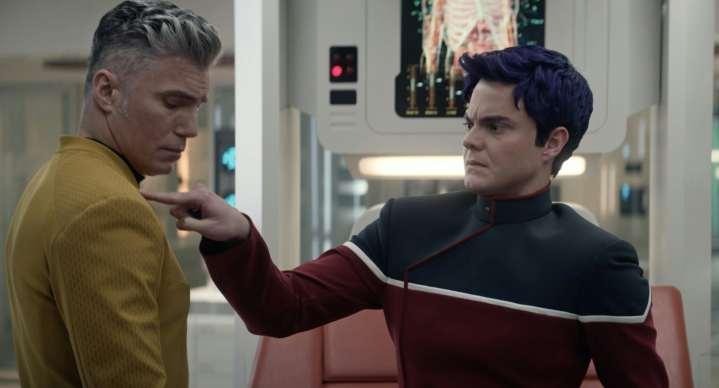
who they so revered, especially Pike (and knowing his fate, which he knew of as well) made this so telling of what the story was about. Even having Pike confess his feelings about his own father, who he so admired, was important to the story. As was Boimler admitting to Una that it was because of her legacy that made him want to be a part of Starfleet. But what was appreciated most was how the crew of the NCC-1701 revered the crew of the NX-01. And how having a piece of that Enterprise on board allowed them to obtain the Horonium needed to power the portal and
allowed Boimler and Mariner to return to the future and their reality
This is why this episode is so meaningful. Ask yourself this question: if you could meet your hero in sports, entertainment, business, education, or whatever, who means so much to you, how would you manage it? I’ve been lucky to have met some of those that I consider my heroes. When I have had this opportunity, I rarely ask for their autograph. I just want to thank them for the influence they offered me or just to ask them the question that I have always wanted to have answered. And usually, they just want to talk as well.
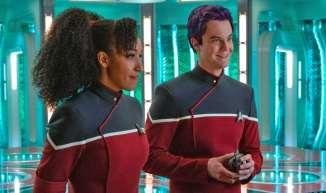
This episode might have been pitched as a funny way to do a crossover episode, yet in the end it was so much more. And I think that is the redeeming quality Strange New Worlds. It has always strived to be exploring new ideas and new concepts in story-
telling. Wasn’t that the original intention of Gene Roddenberry and the creation of Star Trek? “To explore strange new worlds, to seek out new life and new civilizations,” and that is what SNW has always strived to do. It has given us so many memories in only two short seasons so far. I look forward to what the next season of Strange New Worlds will bring us. Live long and prosper and go and enjoy a delicious Reese’s Peanut Butter Cup, you deserve it.

STEPHEN MIRKIN: I first learned about science fiction the moment I was able to reach the on/off knob on my parents’ black-and-white TV set. Being born in 1956, I was there on Sept. 8, 1966 to watch the first episode of Star Trek. Since then, I have watched every TV series and every movie and I only look forward to the next great Star Trek moment.


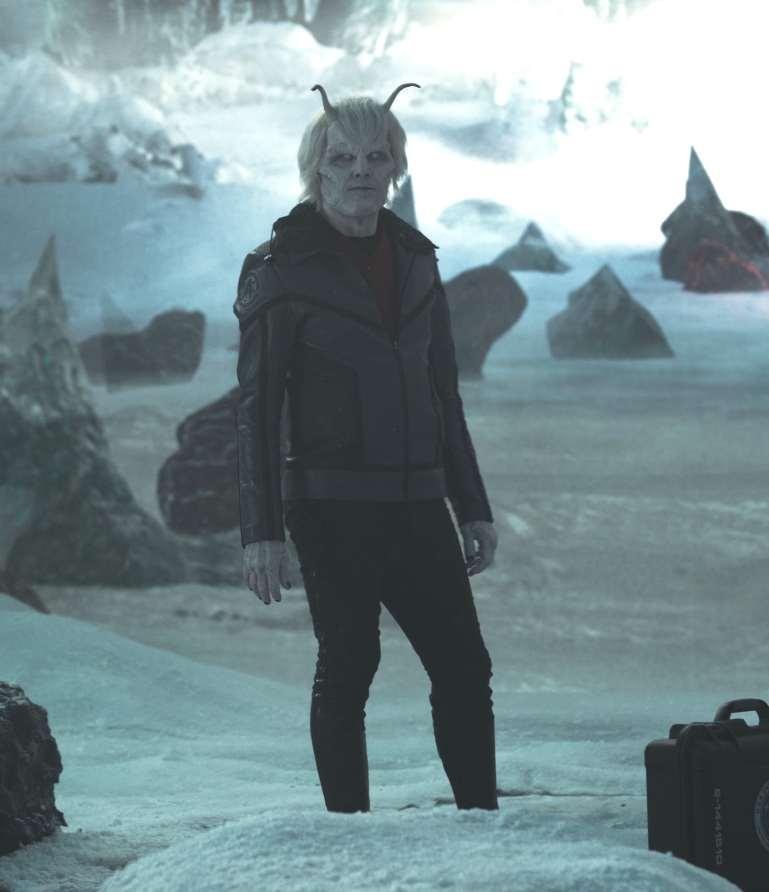








L
oss and death are not new concepts to Starfleet nor to the people who serve in Starfleet. In The Original Series (TOS), crewmen met death nearly episode. However, we had been immune to deep loss of a central character until Spock sacrificed himself to help the Enterprise escape the deadly Genesis wave. It was a deep blow, and not diminished by the fact that Spock was later resurrected.
Starting with The Next Generation (TNG) and continuing
with Deep Space Nine (DS9), Voyager and Enterprise, death was a constant companion. From the sudden and surprising death of Tasha Yar to the continual mourning of the Bajoran population for their loved ones, the shows openly acknowledged loss. Despite this, it seemed especially traumatic losing the beloved Chief Engineer Hemmer. It seemed to come right out of left field in S01E09 when he sacrifices himself after being infected with Gorn eggs.
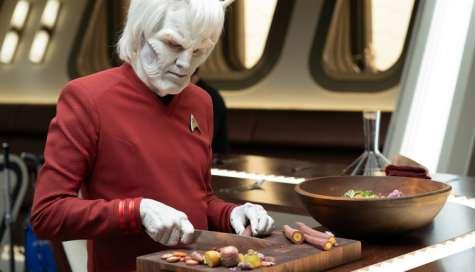
Who was Hemmer? Hemmer was an Aenar, a subspecies of Andorians from the Northern Wastes of Andoria. Like most Aenars, he was blind but used innate telepathic abilities to see. He was deeply committed to the Aenar pacifist ideology, yet joined Starfleet so he could defend Starfleet’s ideals by “fixing what is broken”. He also didn’t fear death, as he believed death only came after one had fulfilled their life’s meaning. Even though we only had Hemmer for the first nine episodes of the first season of


Strange New Worlds, his presence had profound meaning and the loss of his presence left a huge void for those he left behind.
We meet Hemmer in the second episode of the first season, “Children of the Comet” at Captain Pike’s dinner party as he is chopping up vegetables in the kitchen area when Ensign Uhura arrives and asks him if he needs any help. Hemmer says no in a short manner and then comments on how his other senses are superior, including his telepathy. He then demonstrates this superiority by suddenly reaching into the air and catching a carrot Spock tossed to him from behind.
We also see him use his well-developed mind to help Dr. M’Benga when the ship and its crew (except Hemmer and M’Benga) are transformed into the location and characters from the fairy tale he reads to his daughter daily. Hemmer helps M’Benga, cosplaying a wizard to explain his engineering skills and help find a
solution for the ship and crew. We see Hemmer “hamming it up” as he pretends to be a wizard as he journeys with M’Benga. It was delightful to see Hemmer indulge his dramatic side fully.
As the series progresses, we see Hemmer’s expertise in Engineering continue to save the ship and crew time and time again. However, Hemmer’s enduring legacy is shaping young Ensign Nyota Uhura. They bond during disaster and Hemmer becomes her mentor. Their shared conversations both help prepare Uhura for the future shock and loss ahead of them and the future career awaiting her in Starfleet. Losing such a vibrant, multifaceted individual is a deep loss. When I say his loss went beyond death, it is because the mark he left with his friends did not dissipate with his death. Uhura kept all of the PADDs with all his training videos on it, not only to help her work, but to feel connected to him. Captain Pike did not immedi-
ately promote someone to Chief Engineer or search for a replacement. We see in the 2nd season episode “Lost In Translation” that when Uhura had a vision of the dying aliens, it was represented by a zombie vision of a dead Hemmer.
It is unfortunate that Hemmer’s death is permanent, but all the things that made him liked, loved and valued are left behind in those who loved him. They will carry all the lessons learned from him and they will pass those lessons on to others. They will remember the good that will overshadow the grief. Hemmer fulfilled his life’s purpose of fixing what is broken and that fulfillment is deeper than the downfall of death.

STEPHANIE L. SMITH: Stephanie hails from the Kansas City metro area with her sibling Jordan and 2 cats. Her day job is working from home as a staff accountant.

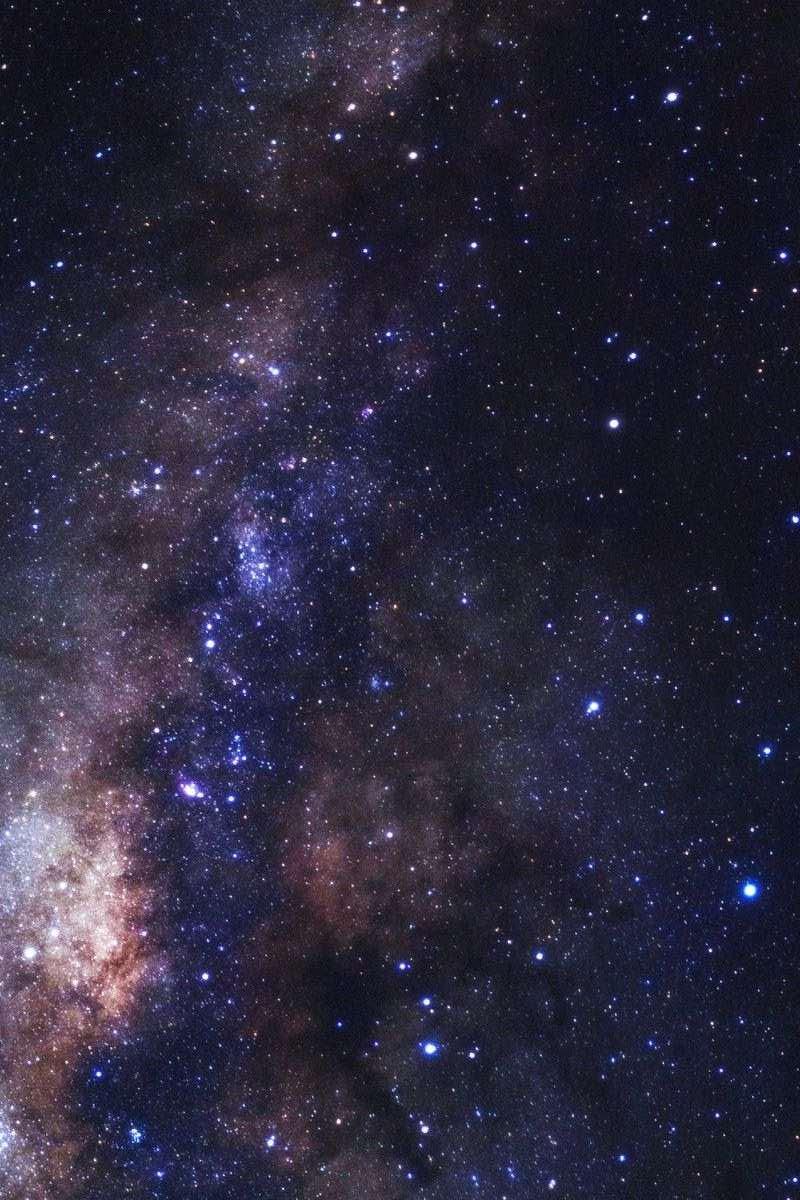

















Picture it: January 26, 2000. You’re sitting in your home with a bowl of popcorn waiting for the next episode of Star Trek: Voyager to begin on UPN, “Virtuoso.” For those of you who have not seen this episode, here’s a brief summary: It’s about a race of aliens that the Voyager crew meets that has never been exposed to music. Eventually, they’re exposed to it through The Doctor/EMH.
As a kid watching this, I thought this would be as close as I would get to a Star Trek musical episode, even though it kind of makes sense for Star Trek to have one. There are many episodes (looking at you, DS9 and Vic Fontaine) and the movies using music to convey feelings, togetherness, or in Kelvin Kirk’s case, confusion to the enemy.
Fast-forward to August 3, 2023 and my and other Trekkies’ prayers were answered. This particular episode of Star Trek: Strange New Worlds, “Subspace Rhapsody,” was directed by Dermott Downs and written by Dana Horgan and Bill Wolkoff.
Original songs were written by Tom Polce and Letters to Cleo vocalist Kay Hanley.
The episode begins with the Enterprise studying a subspace fold. While using a large amount of power to be able to experiment on the strange phenomenon, Communications Officer Uhura has to manually send messages to each crew member causing her to become overwhelmed. I love how her fingers dance across the console as if she’s playing the piano, trying to keep everyone connected.
In the first act, we see Kirk beam aboard the ship and escorted by a nervous Singh for a secu-

rity clearance. Meanwhile, Pike and Batel discuss their vacation plans amid some frustration. We switch over to sickbay where Nurse Chapel is very nervous about a message she has received from Dr. Korby. Her friends encourage her to read the message, and she goes from nervousness to joy and relief because she has been accepted into the Vulcan Science Academy. Meanwhile, in engineering , Spock is desperately trying to find a way to send a message through the fold. The goal of the experiment is to increase the speed of subspace communication using the fold. While listening to Uhura
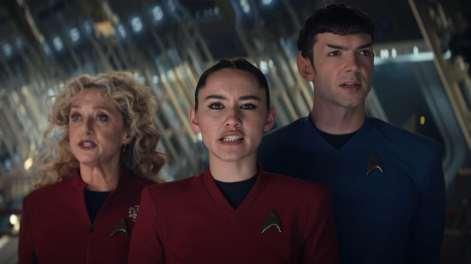

hum some music, Commander Pelia suggests using music as a form of communication to send a message. Uhura sends the song, “Anything Goes” into the subspace fold. A massive energy wave passes through the ship and musical chaos ensues.
The episode shows how much the crew should depend on each other to complete their mission. They aren’t paying attention to each other because they are too busy paying attention to themselves and their group of friends. The moment the singing starts, you see them looking at

each other strangely but they begin to join in the music and enjoy each other’s company such as in the song, “I’m Ready.”
This was a very fun episode to watch. While it has a predictable plot with a somewhat predictable ending, it was entertaining. All of the situations and characters are affected by the wave. You anticipate that for every situation that you saw in the first act, a musical number would be attached. If you read between the lines of the second act, you can also tell that it was emotion causing the crew to sing and this was confirmed by Lt. Singh. I found it hilarious to see the cast trying so desperately to hold their emotions together so that they don’t sing. Ultimately, they couldn’t so they allowed the music to take over to find a resolution to their individual problems. This allows Uhura to figure out how to close the fold by having the entire
ship perform a finale (“Keep Us Connected” and “We Are One”) with some help from the Klingons singing K-Pop.
Again, my prayers were answered with this very episode. Some people may not like that the musical part of the episode is featured more prominently than the Star Trek part of the episode, but that’s okay for me. Occasionally, it’s okay to have some with Star Trek, and I believe this is one of the best ways to do it. I look forward to seeing more musical episodes in the future. How about you?

MARISSA ANNE: Marissa
Anne is an employee of the State of Indiana. She enjoys Star Trek, especially Star Trek: Voyager. She lives in Indiana with her family.










viewAs I was cueing up in the rain in front of the Tribeca Film Festival to see the first episode of Strange New Worlds Season 3, I happily whispered to myself “It’s the Summer of Trek”. This should not be a surprise to fellow readers as many of us have waited for our fair share of the Star Trek we enjoy over the years regardless of the weather. With a two-year hiatus that ended with S2 in a cliffhanger, there’s been so much to speculate about. And now, getting the opportunity to be one of the lucky fans who see the conclusion to this cliffhanger

earlier than the official release date was something I wasn’t going to miss.
Given the popularity of Strange New Worlds and its innovative interpretations of the Star Trek universe, it seems like the perfect series to highlight at a film festival known for its bold choices and independent spirit.
So, while Tribeca’s organizers taking the step to host this Star Trek event came as a surprise to me, I think it’s long overdue and may be a good sign. So much so that its presence at the festival gave me the impression that this might be a banner year for the show and the franchise.
Keep in mind, the show has outdone itself in regard to creativity and expression in a way I’ve never seen a Star Trek show do. We all recall in season two the episode no one can forget, the musical episode “Subspace Rhap-
sody” where we saw even the Klingons were jamming (so to speak).

And even when I would have liked to have seen and heard more songs that I recognized, I still found myself putting on the episode repeatedly and doing a “sing-a-long” with my mum when we wanted to enjoy singing with the Strange New Worlds cast. And that’s something I couldn't have predicted that I would be doing with any level of regularity.
Regardless of how I’ve looked at the previous seasons

episodes from a critical lens, and wanted to see specific things in each episode that I felt were missing or shouldn't be there, it didn’t stop me from getting the EXO-6 (trademark) 1/6th scale figure of Captain Pike (Anson Mount) along with cosplaying as Una Chin-Riley.
Mind you, SNW S2 had a tough act to follow with S3 of Picard premiering in early 2023 and SNW S2 almost directly following Picard a few weeks later. Picard had given the fans and the franchise a conclusion to TNG more or less by not only clearing up many loose ends of

the characters but also what I found to be an incredibly enjoyable reunion of the cast and a serial season with so many enjoyable easter eggs.
Oddly enough, SNW S2 held its own and even as I found myself saying in the past that I thought that this iteration of the SNW series was not “strange enough”, I was inevitably swept off my feet by the cast and their performances. I found the chemistry of this group extending throughout S2 to the crossover episodes, musical episodes, time travel elements and relationship episodes, to be pretty consistent. Now I know what you're gonna say, that this particular show relies on relationships and often those relationships push the story forward but may affect the outcomes of the show in a way that makes it at times “over
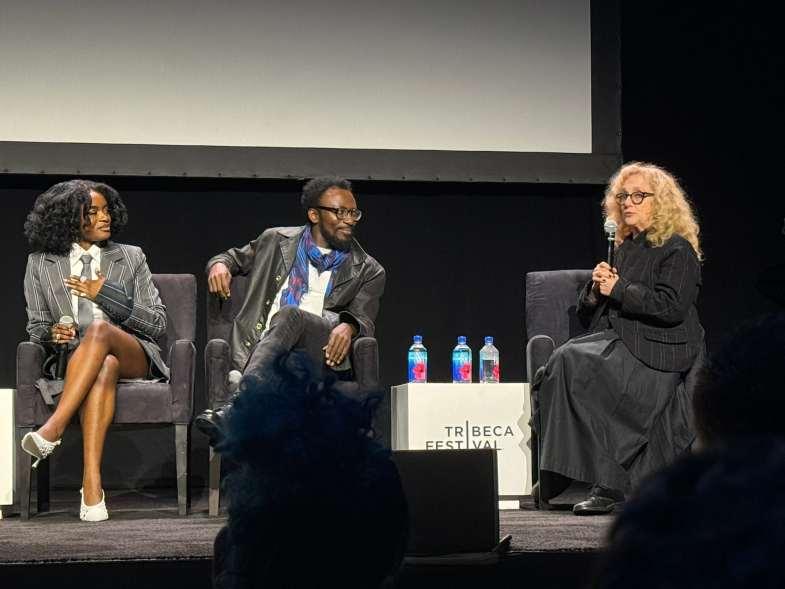
This fact seems to define the tone we have for SNW as a series and I’m guessing will remain that way up until a point.
We know the crew’s likes and dislikes, and as with any show, it needs to grow, especially now that there’s more at stake. I want them (the crew) to get hard. And after seeing S3E1 I think that’s exactly what we’re going to get next.
Regardless of my personal feelings, it’s clear that the response to this season is critical for the franchise in so many ways as there is a clear sense of the changing atmosphere for the IP and for science fiction/fantasy television productions in general.
I don’t wish to see any more dinners of the crew together sipping chardonnay unless the meaning behind the episodes and
that are also elevated in a mature manner that draws me into and out of a dilemma in a way that only Star Trek can do.
I am obviously expecting the same level of production value, and I know they will give it to us, but I hope it gets to breaking points where the episodes have greater meaning on the outcome of the galaxy as a whole.
And I can say with authority, I’ve seen evidence of that. S3E1 gave me a level of intensity with significant stakes and rewarding outcomes and I’m predicting the stakes will soar as this season continues. Maybe we’ll see Star Trek and music another time perhaps, but the time to sing may be over for now.
After seeing S3E1 I feel more connected to Starfleet, and I feel as if the Gorn are just the tip
crew has improved in its level of expertise and the writers are likely to give us comparable challenges that match those abilities.
S3 is when this series matures, and we will see that development. S3 is going to show us the truth about space exploration; that it isn’t a happy go lucky

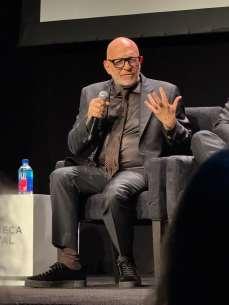
endeavor, that it takes training, skill and a dedicated crew to get you through it.
We will see those risks here for the crew in S3. I recall one scene from S3E1 that I never thought I would see in Star Trek, but I witnessed it with my own eyes, and it shook me because it hit home. That is what we will be seeing going forward and I’m ready for that because I want the show to have that deeper meaning. Not everyone is going to make it because space exploration does have dangerous moments. Perhaps the original intention initially was that SNW was being treated like a live action adult version of lower decks and that would explain how well they could do a crossover (with Lower Decks), but I purport the role of this show (SNW) has changed. And it has to, I know fans can feel it in their bones, S3 means so much more for the future.
With that being said, there is one elephant in the room that I have left for last.
It is pertaining to the inevitable fate for Captain Pike. It was ad-
dressed afterwards in the panel and the production team, and the crew did a good job of addressing the fate of Captain Pike, but I have another concern.
In the previous iteration of Captain Pike, we see how Spock goes to extremes to deliver the character to his final home on Talos IV. At that time, we saw the character, but we didn’t know him the way we know Captain Pike now. Captain Pike is our friendly neighborhood captain who invites us to dinner, fills our wine glasses and cooks for us. It’s the relationship I've always wanted, and now that we have that relationship with Captain Pike and his crew, how will they deal with, (and possibly show) his inevitable physical injury and the inevitable emotional injury that the crew will sustain?
I know I don’t care to see any injury to Captain Pike, and if any ill fate is to occur, I would appreciate it to occur “off camera” to spare us that horrible experience. As we come closer to the 5th and final season, we must be convinced that things will change dramatically and never be the same. I’m confident by the end of S3, the stage will be set for this issue and perhaps the writers will take great care in the execution and resolution of an ominous event for all our sakes.
At the panel following the premiere we heard a poignant comment about Captain Pike, where a panelist commented (paraphrasing) “there are always questions about how long you can love when you know your time is limited” and I thought that might give us a clue as to what’s in store
for this crew as the clock is ticking. The intimacy of the actors as they relayed their deep investment as individuals allowed them to contribute to shaping the characters, and has created a sense of worth in their roles as they gave us their time and attention. I’ll be looking for their (the cast and crew) sense of optimism and intention as I watch S3 of SNW heat up the summer of 2025.

RiMo is a documenter of Electronic Dance Music events, genre fandom and pop culture. Her work includes providing thoughtprovoking analysis that celebrates the significance of EDM culture and the community of the fandom. An avid social media creator and writer, RiMo explores the lore and the stories behind them focusing on the fascination and evolution of entertainment media in the digital age.



Click the graphic to buy yours!
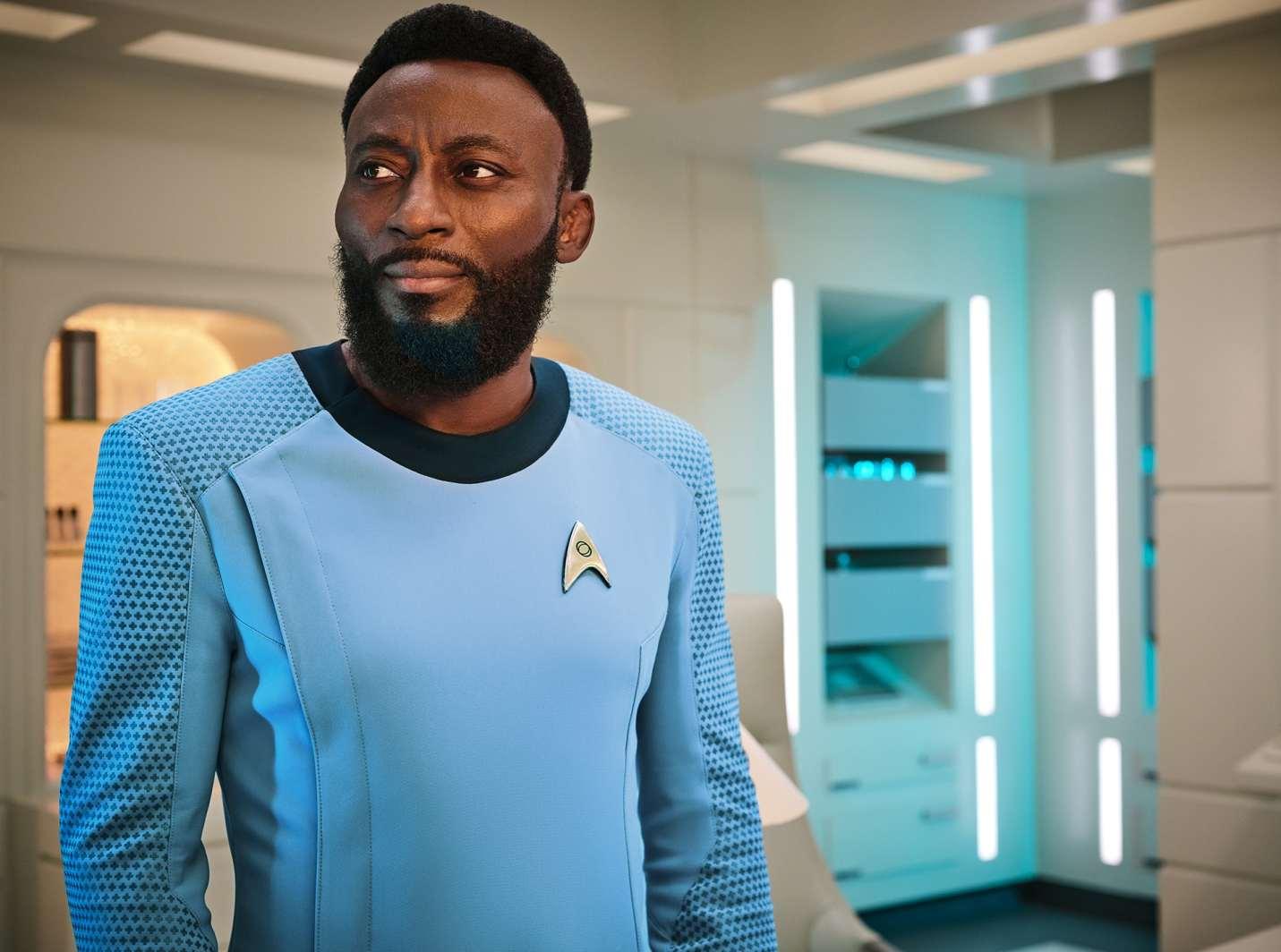




quarters. He again has to deny her out of fear for her safety, though he desperately wants to say yes. Very reluctantly, he puts her back in the buffer.
During one of the experiments on his quest to find a cure, there is a volatile reaction and all his research is quarantined by the computer. This huge setback left him completely devastated. The magnitude of the loss derails his duties as chief medical officer. Una confronts him and though she is empathetic, she gently reminds him of his duties. You can see the struggle as he pulls himself together and try to separate his needs as a dad and the needs of the officer.
Dr. M’Benga gets called to the bridge when Ortegas is injured during an attempt to leave a nebula they had been studying, the Jonisian Nebula. However, upon entering the bridge, he finds himself dressed as a king, the Enterprise decked out like a castle, the crew in period clothing and everyone calling him Your Majesty. Thoroughly confused, he realizes that this is the story that he was reading to Rukiya. The only other person not affected by this phenomenon is Hemmer. They work together using
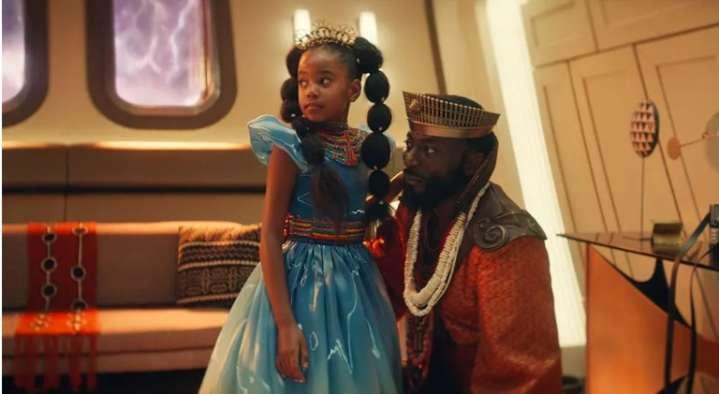
SCIENCE, to deduce that there is a non-corporeal entity in the nebula. Dr. M’Benga realizes that the characters of this fairy tale were mirroring Rukiya’s wish that the story had a different ending. They also realize that Rukiya was removed from the pattern buffer, and they must find her. They go to Dr. M’Benga’s quarters and find Rukiya happy and healthy with no trace of disease. Rukiya informed him that her friend made her better and created this world for
Hemmer offers his help. Dr. M’Benga learned that the entity sensed Rukiya’s loneliness, sadness and isolation. The entity interpreted her isolation as a prison with malicious intent. After explaining that it was for her safety and not a punishment, Dr. M’Benga is given a choice. He can leave with Rukiya and her illness will return, or he can leave her there to join with the entity and never face death.
He discusses the choices with Rukiya and listens to her in-

her own story. Some say that given the choices, it isn’t so tough. Consider this, as a parent your job is to protect your child. How devastating is it when you are not able to do that? How gut wrenching is it to leave your child with a stranger, hoping that they can do what you can’t? The feelings of helplessness and failure are overwhelming. Letting go of your children is always hard, but normally you let go when they are adults. This dad has to give his little girl up too soon but makes the most loving decision he can. He puts her health and happiness above his own.

JANERA TIELL MANNO : Janera
Tiell Manno has been a life-long Star Trek fan, loves her family, logic and bad puns. Very proud to be a part of the Trek community.

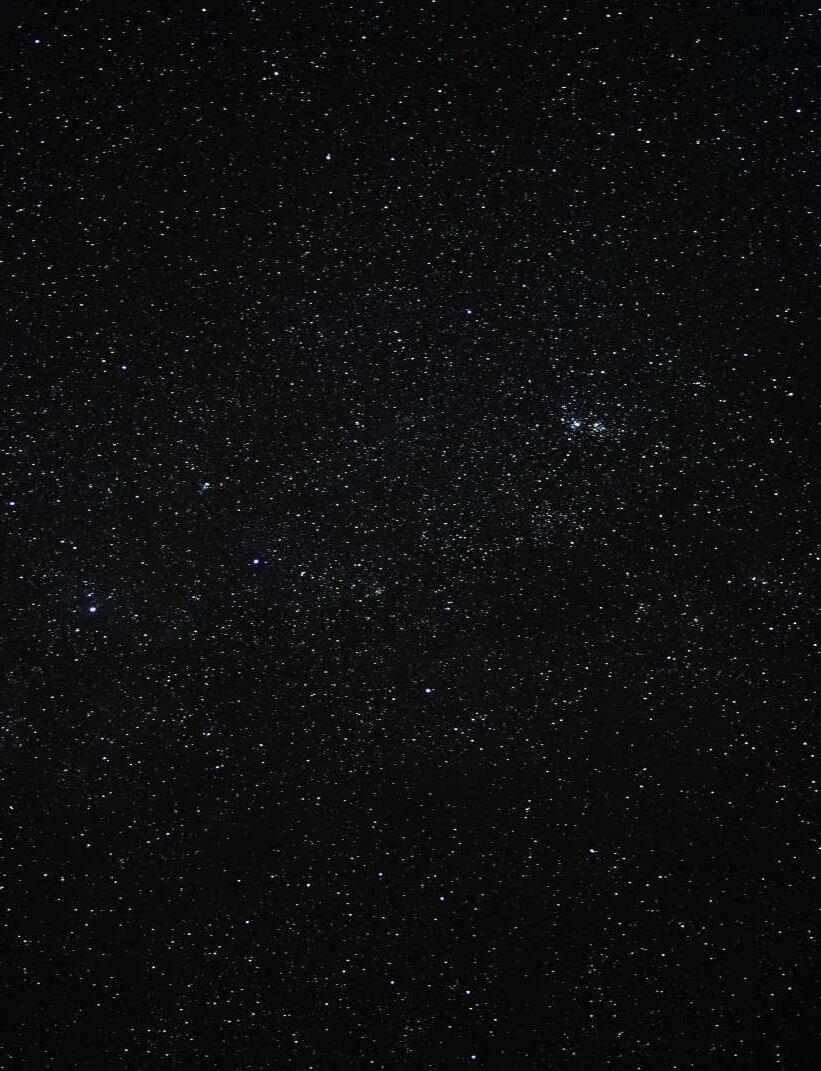
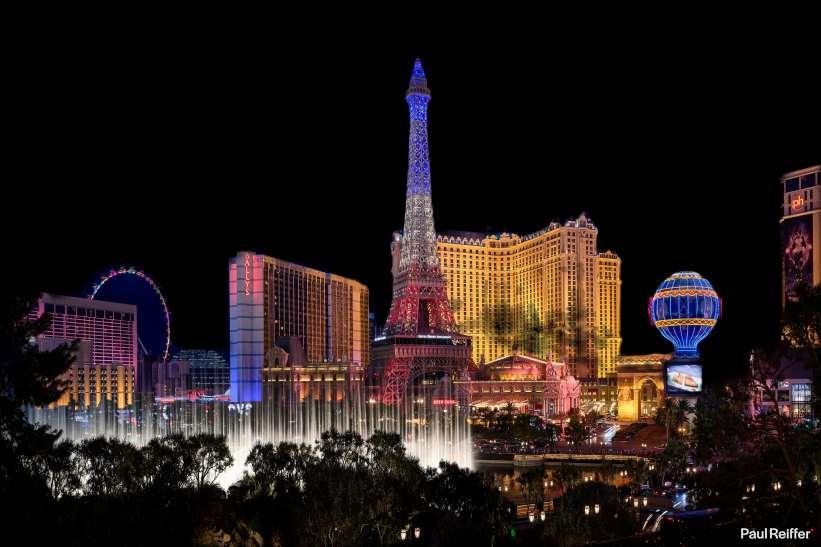






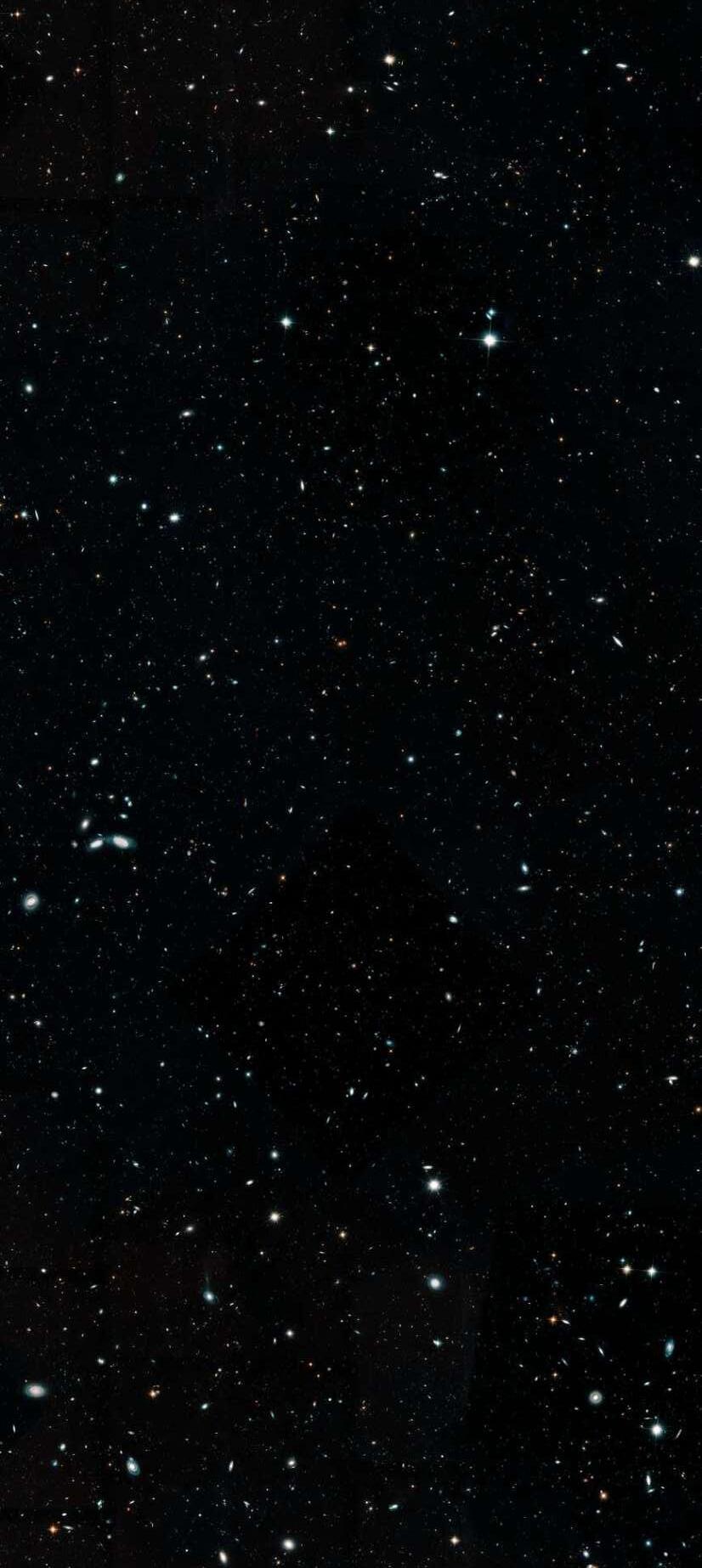
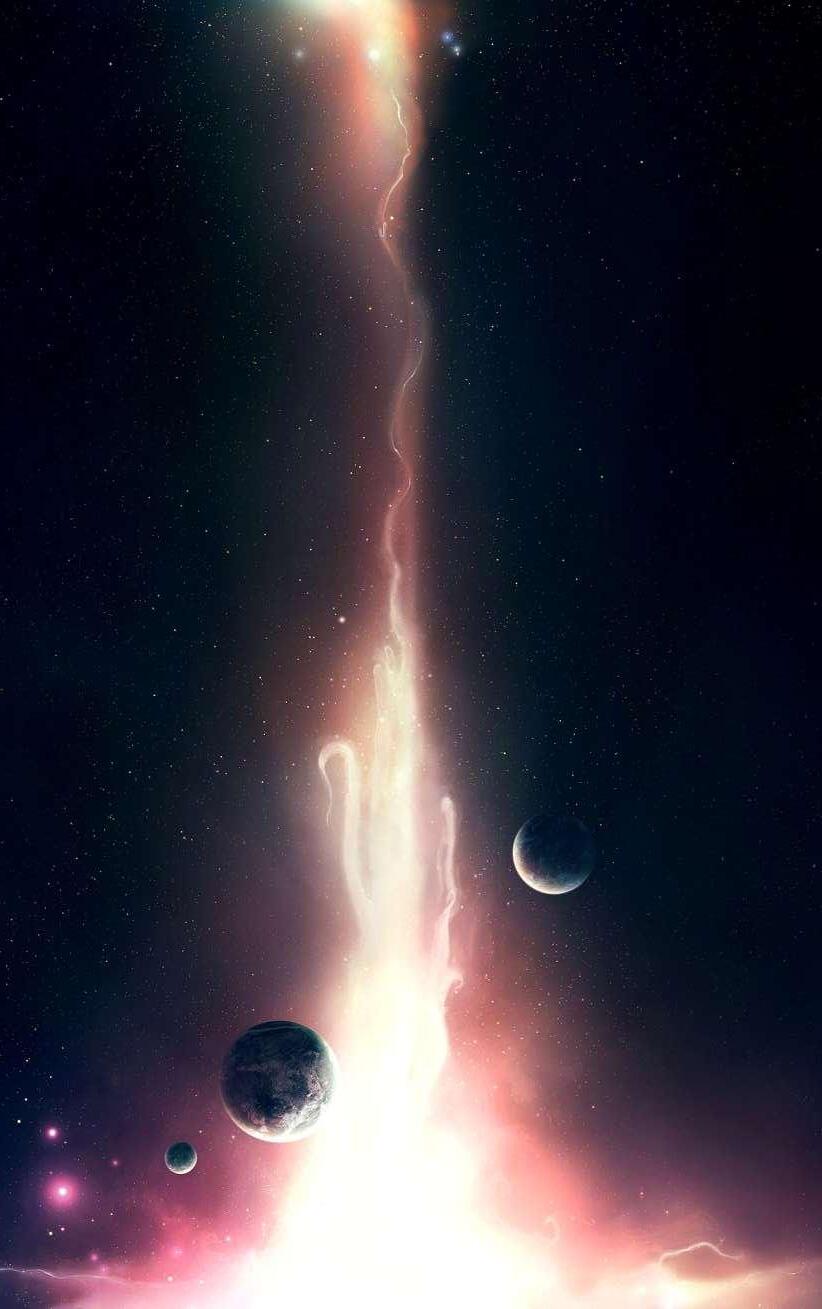



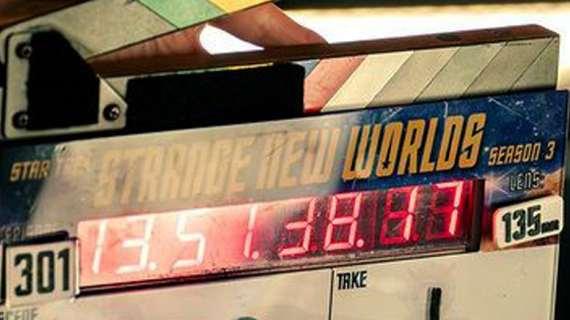

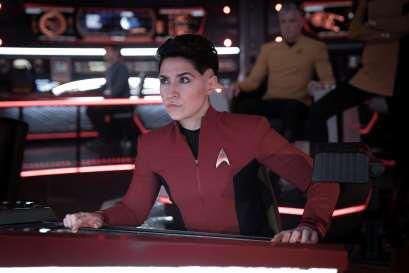

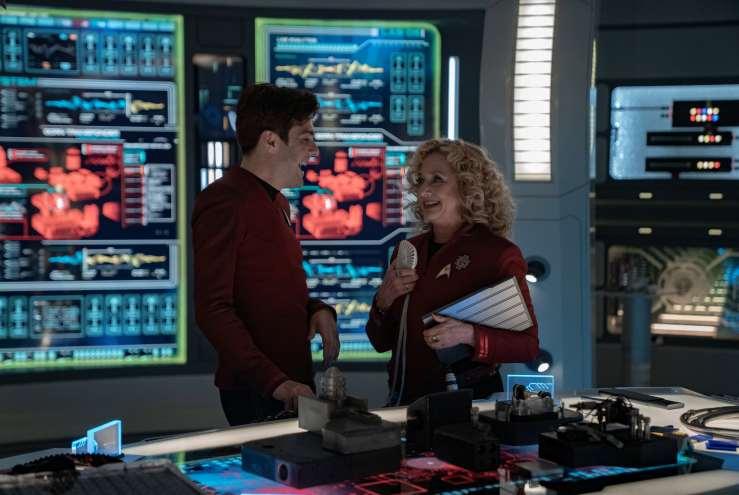
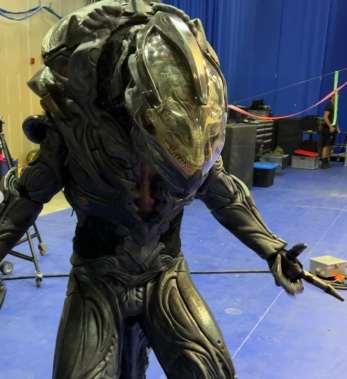








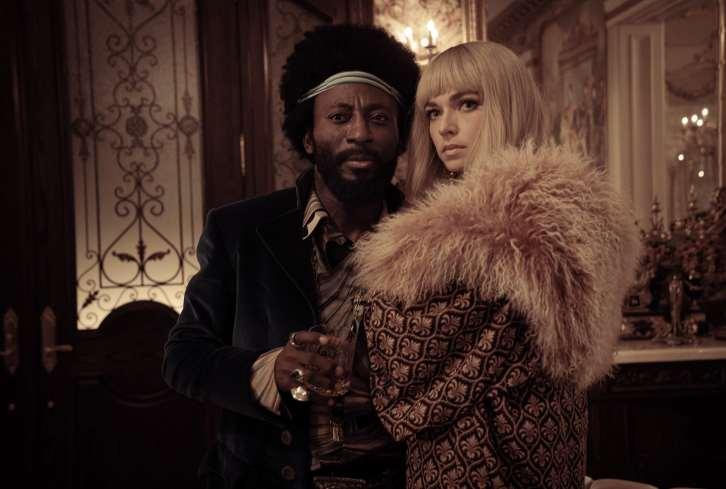










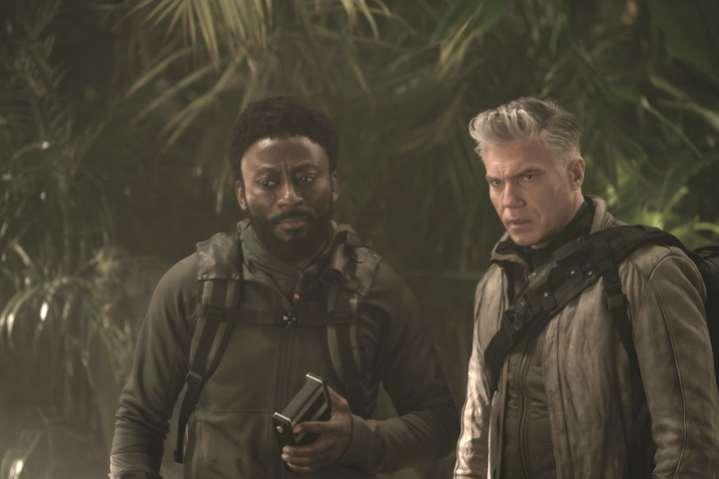
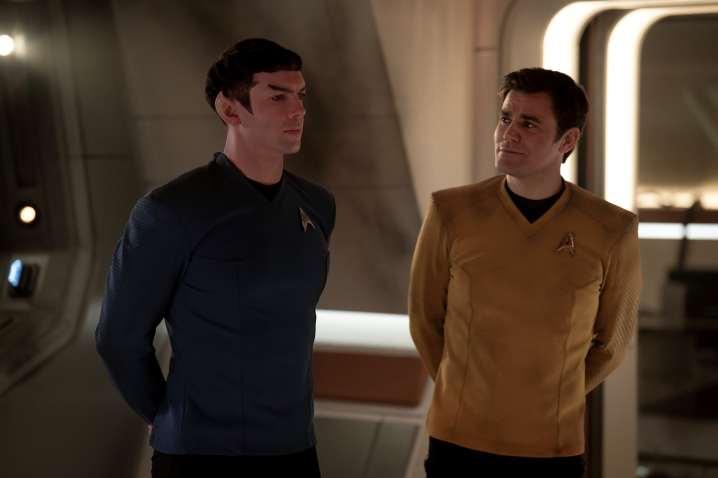







Back in the year 2008, on an episode of “The Colbert Report,” Stephen Colbert interviewed the conservative commentator George Will. In response to something George stated, Stephen replied, “just because you have an opinion, doesn’t make you right.” George was taken aback by this statement by Stephen.
Which brings me to this article on the top five episodes of Star Trek: Strange New World (SNW). These five episodes are what I consider my favorites. Now, you might have another opinion and that is why what Stephen Colbert stated is so correct. These are just my top five favorites and we might agree on one or all five of them. But then again, that’s just my opinion.
Onward and tally ho!

Season One, Episode One: “Strange New Worlds” First off, righting some wrongs. The uniform that Pike wore in the first episode of season two of Discover was gone and replaced with a more traditional style from TOS. Right away, the Prime Directive was an integral element of the plot. We got to meet the crew and immediately they were likable and we cared about them. Was it a perfect episode, maybe yes, maybe no, but it did establish what was to follow in this and the second season (and the third and fourth?). If the first episode is done right, then you want to watch more of the series. And we did.

Season One, Episode Ten: “A Quality Of Mercy” A ‘what if’ episode. Pike learns from a future version of himself that if he tries to alter the future he endangers it as well. Why this episode is so great as it was inspired by one of the best TOS episodes “Balance Of Terror.” However, it is now Pike that is in the position that Kirk had to deal with. So many aspects of the TOS episode are employed such as dialog and actors movements. However, Pike seeing how the future is to be altered decides to leave well enough alone and the future is safe. Plus, we got to meet the SNW version of Kirk and I must add, this version is my favorite, sorry Bill.

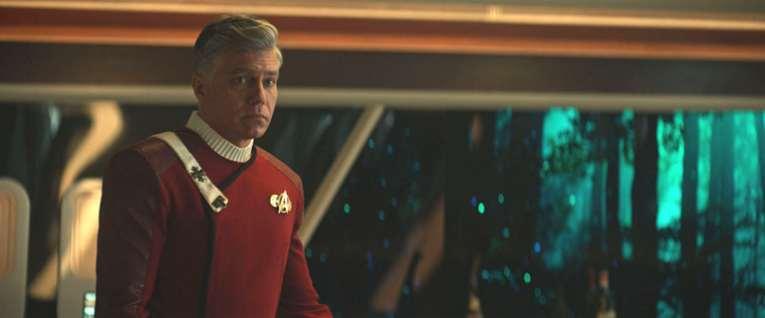


Season
Two, Episode Three: “Tomorrow and Tomorrow and Tomorrow” — SNW Kirk at his best. In this episode, La’an is tasked with repairing her timeline that transports her to an alternative SNW timeline and then bringing her and Kirk to our current time to fix the future. Whew. As the episode unfolds we get to watch car chases, silly adventures in buying clothes, making money available, all the while trying to fit into a time that is primitive to Kirk and La’an. And, of course, learning to love the simple hot dog. Yet as it occurs, La’an becomes attracted to Kirk and sadly she must watch him perish at the hands of a Romulan agent made to look human. In the end, La’an encounters Khan, allowing him to live and thus repairing the timeline, causing all that is to happen to proceed. La’an’s feelings toward Kirk have to be hidden away for her to fit in once she has returned to her own timeline.

Season


Two, Episode Seven: “Those Old Scientists” Mash up time! We open with what looks like a Lower Decks episode. Our old friend Boimler is sucked into a device that transports him from the LD animated universe to the SNW universe. And he is human, not a cartoon creation. I have always enjoyed the silly, funny Trek episodes and this is full of all that and more. As the crew of the Enterprise tries to find a way to send Boimler back to his universe, Mariner is also transported to the SNW universe and now they are both trapped? Not so. In a tribute to Star Trek: Enterprise, Boimler states that the element needed to send them back to their reality, “Horonium” was used to make the NX-01 could be found on the NCC-1701. Boimler and Mariner are transported back to their animated universe and all is well. The episode ends with the SNW crew affected by Orion Delaq that makes them appear as cartoon characters. Genius writing and acting by everyone. A true delight.
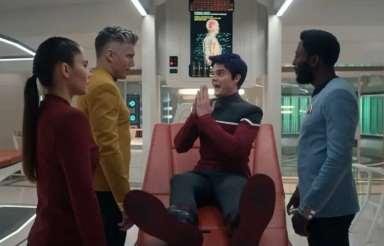

Season Two, Episode Nine: “Subspace
Rhapsody” — Why the naming of this series Strange New Worlds is so appropriate. In this episode, the crew of the Enterprise goes where no Trek episode had gone before, a musical episode. If there was an episode of Trek that continues to make me smile, it is this one. The songs tell the episodes story and allow the characters inner feelings to come forward. La’an sings in torch style about her lost relationship with Kirk. Chapel sings in Bob Fosse style about getting her dream appointment come true. Spock sings about his being the “Ex” in sad song style. The episode ends in a big, Broadway ensemble sing along that solves the question from the opening song, “why are we singing?” My personal favorite song is when Una and Kirk do their best Gilbert and Sullivan while singing and dancing. Again, this is why I like the Paul Wesley version of Kirk. Sometimes, when I am driving alone, I’ll put on the soundtrack to this episode and all is right in the world while I smile and sing along as well.
Now it’s on to “honorable mention” episodes.
From season one, the two Gorn episodes, numbers four “Memento Mori” and nine “All Those That Wander.” Episode four because it reintroduces the Gorn, yet we never see them. It is like an old submarine movie or from the Wrath Of Khan where in the battle the combatants are blind to each other. Very exciting stuff. In episode nine we get to see the Gorn and how they are born by infecting humans. Why this episode is so sad is that the Enterprise’s chief engineer Hemmer is infected and gives up his life to ensure the crews safety. A fan favorite character is lost.



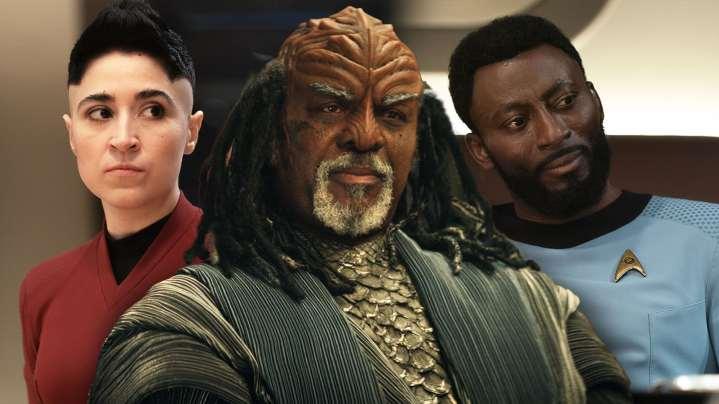
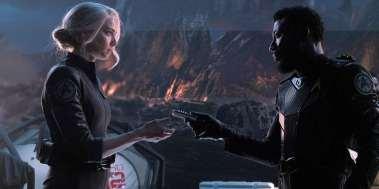
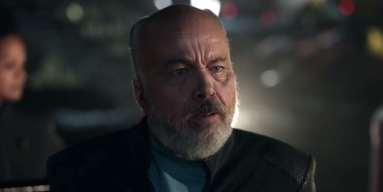
The last episode to be recognized is from season two, episode eight, “Under The Cloak Of War.” We see the effects of the human/Klingon war from the viewpoint of a “MASH” (Mobile Army Surgical Hospital) unit. It is dark, sad and it shows how Dr. M’Benga and Nurse Chapel deal with PTSD from what they saw and what they had to deal with in the heat of battle. Also, we get to see Clint Howard in a Trek episode once again, this time playing the hard as nails Buck Martinez, it was perfect.
Authors note: I need to add that all three honorable mention episodes were written by my friend Davy Perez. Davy is an amazing writer and his influence on the series made a huge difference. (Look for three more episodes in season three to be written by Davy.) I am sure you will agree with me on this, but then again, that is my opinion.

STEPHEN MIRKIN: I first learned about science fiction the moment I was able to reach the on/off knob on my parents’ black-and-white TV set. Being born in 1956, I was there on Sept. 8, 1966 to watch the first episode of Star Trek. Since then, I have watched every TV series and every movie and I only look forward to the next great Star Trek moment.










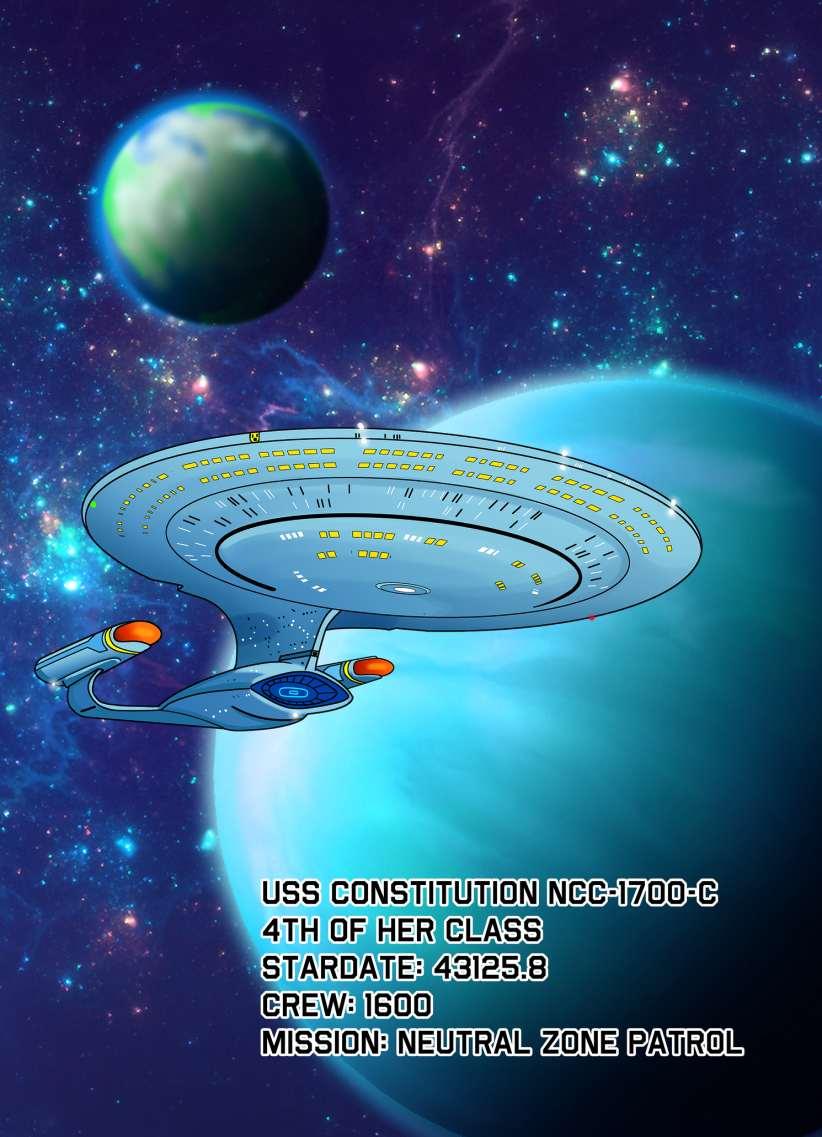










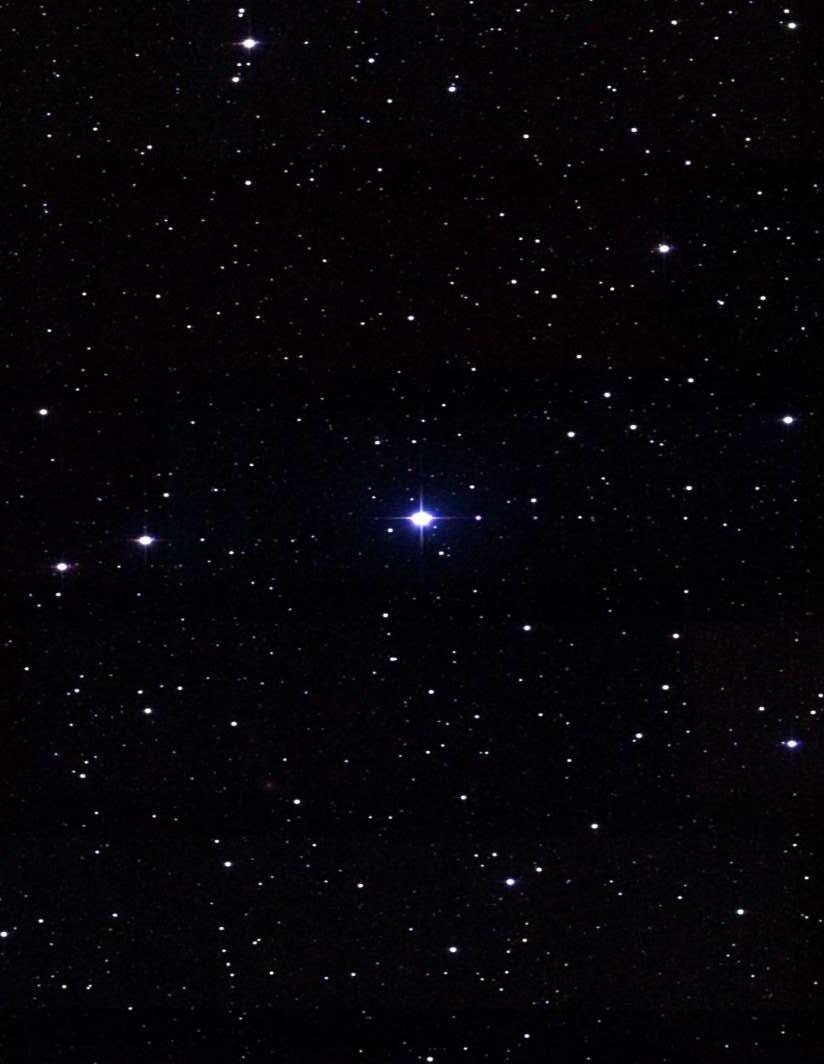



I quite enjoy cooking meals for my crew
I can even make leftovers seem new
Chopping vegetables is fun
And I can still get work done
Maybe sometime I'll try a nice stew


Those old scientists, turns out that they're hot
Thought they'd be dull, but they really are not
We both just met our heroes
I'm sure they think we're weirdos
But seriously, Spock REALLY is hot!




It takes struggle to make it to the stars
To be worthy we must set a high bar
But we welcome all kinds
Those who strive to do what's right
From then till now we have come very far












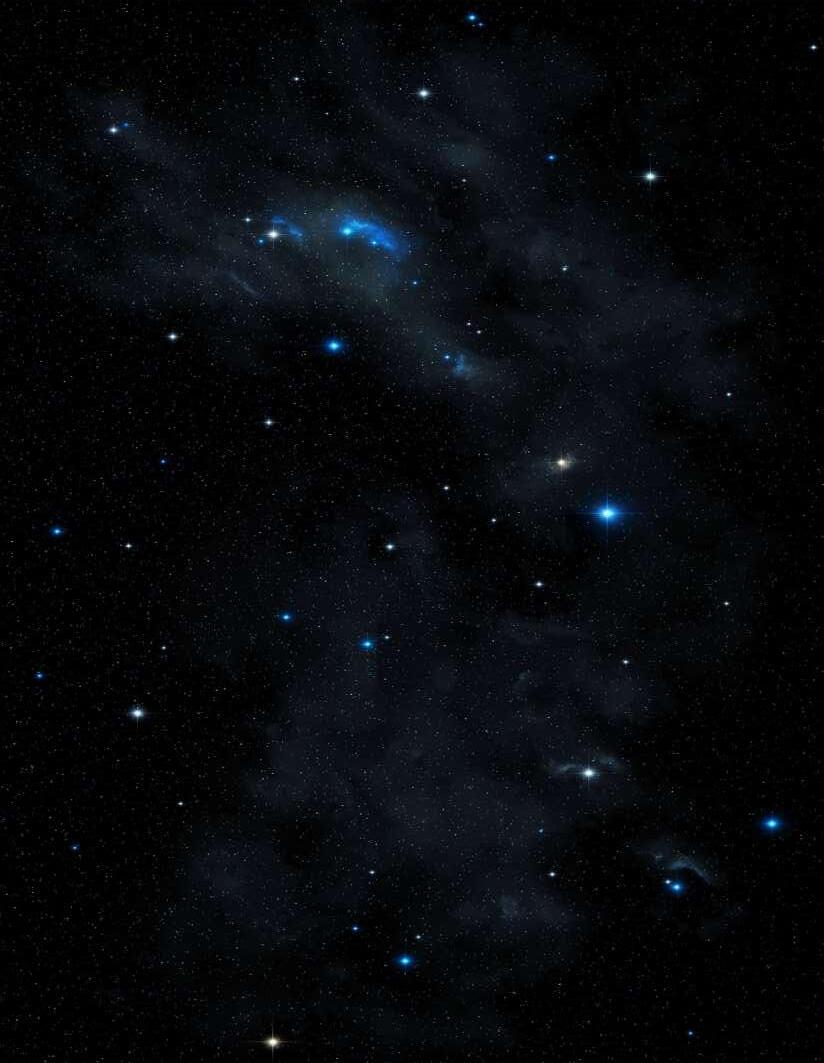
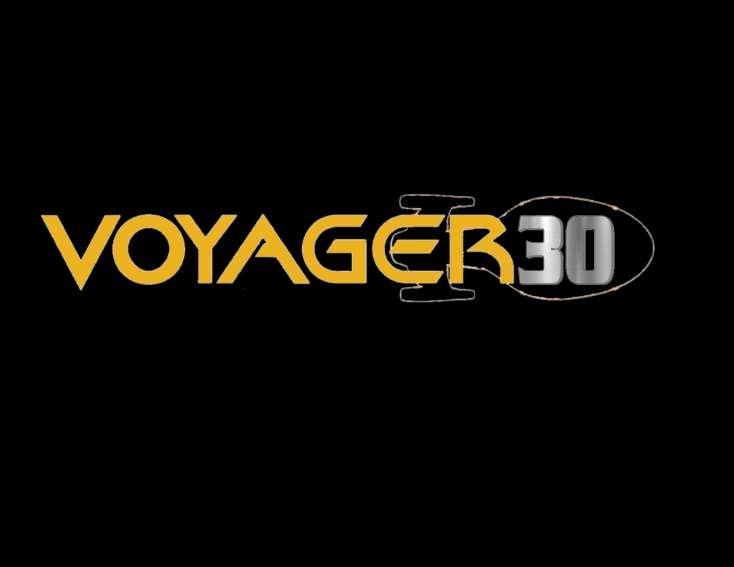












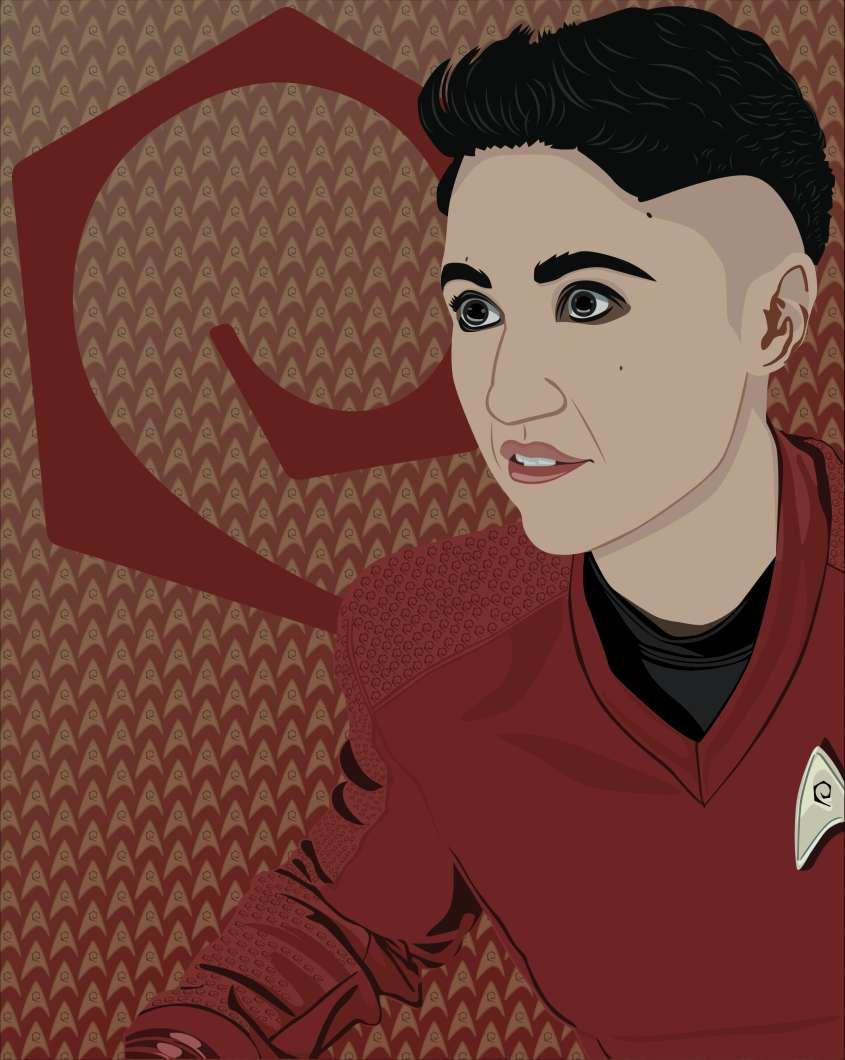







An updated list of events and conventions from all across the world. Marina is recognized in the Star Trek fandom as an expert on conventions, and a much beloved presence at Trek events!.


